Welcome

 Jemma Morland Head of Court of Protection, EMG Solicitors
Jemma Morland Head of Court of Protection, EMG Solicitors
Pankaj Madan (Chair)
Barrister, Exchange Chambers & 12 Kings Bench Walk



#EMGConference2024


How difficult can it be? Working with difficult clients - the whys and hows
Dr
Mike Smith Registered Clinical Psychologist - Healthy You and Reconnect Psychology

#EMGConference2024
How difficult can it be?
Working with difficult clients; the whys and the hows
 Dr Mike Smith
Registered Practitioner Psychologist
Dr Mike Smith
Registered Practitioner Psychologist

Aims
• Identify common problems following brain injury

• Overview of how people ‘cope’ emotionally with a brain injury
• Cover methods that might help when working with difficult behaviour in clients
• Self care in work

Definition of Traumatic Brain Injury (TBI)

“Disrupted or altered brain function following sufficient external mechanical force”
Caused by rapid acceleration or deceleration, impact, blast waves, or penetration by a projectile

Non-Traumatic Brain Injury (NTBI)

•Vascular: haemorrhage, stroke, or aneurysms
•Anoxic or hypoxic: Heart attack, stroke, strangulation, or near-drowning experiences, cause ABI due to reduced oxygen supply to the brain
•Metabolic: e.g. kidney and liver failure, also cause NTBI as they disrupt the oxygen supply to the brain.
•Autoimmune diseases and infections: e.g. substance abuse, viruses, diabetes complications, seizures, meningitis, and tumour

• Non-traumatic vs traumatic?

• Some difference evident in common presentations post injury
• Obvious implications psychologically if TBI is a result of assault
• Pragmatically, and certainly for the purposes of this presentation, the differences can be viewed as academic (as we shall see INHIBITION IS QUEEN/KING)
• Non brain injury presentations are included for free!

Chronic – let’s not forget the second meaning

• Adjustment to brain injury is an extreme, mainly because most other chronic conditions involve some insight by the person
• Chronicity means potential lack of control
• Chronicity also can result in emotional disturbance
• People cope in good and bad ways
• Control and power are powerful motivators (remember your client?)

…
Cognitive fatigue
Brain 2-4% body mass, but uses 20-50% of glucose/oxygen

Modular brain relies on white matter pathways
Disrupted pathways mean more circuitous routes, therefore slower and less efficient
“You sound tired are you OK”? Take time out, timing of appointments, reschedule, it’s impossible to push through

Attention

First thing to go if the client is tired
Selective attention – meeting someone in a public place
Scene setting or “Is it noisy there right now”?
Also, attention is the bottleneck through which everything else passes (“can’t
remember where I put my keys”)

Memory
Problems are common after brain injury, but also because of trauma, pain etc

Repeat information often and give frequent prompts
Errorless learning
Compensation - external memory aids, to-do lists, planners, diaries, find out from clinicians what works
Don’t assume a client will remember “Can I send you a reminder”?

Awareness (poor insight)
Inaccurate perception of abilities, poor appraisal of challenging situations, unrealistic goals and expectations

Get help from the team, confrontation rarely works unless it is managed
Need to be patient and provide gradual exposure to reality check

Disinhibition
Problems include tactlessness, verbosity, over-familiar behaviour, sexual indiscretions

Calm but firm immediate feedback is essential
Use a consistent message such as ‘stop and think’
Separate the person from their behaviour
De-escalation principles and boundaries work

Inhibition, attention and memory– a team
To be able to successfully process information many things need to happen

Ignore irrelevant information
Deciding what’s to be processed
Making a decision about what goes into short or long-term memory
Using memory to form strategies especially for novel problems

Experience following BI and trauma
Spouse/partner
Parent Employed
Independent

Self
Dependent
Non-parental role
Single? Unemployed
Driver
Able bodied
Disabled
Non-driver


What helps?
Listening
Unconditional positive regard
Honesty (but…)
Being human/humour
The Capacity Act!
•
•
•
•
•
Behavioural stuff

Are we conditioned stimuli or a trigger to some clients? – it can be a real blow to the ego if this turns out to be the case, but nursing a bruised ego is easier than cycles of conflict
Positive reinforcement is good currency- Its always worth remembering that a BI person’s life is unlikely to be full of + reinforcement
Are they trying to exert control (strumming the bass)? – if so, how can they gain a sense of control more appropriately?

Motivational Interviewing - techniques

Open questions - create a forward momentum that can be used to help the person explore change
Affirmations - compliments or statements of appreciation and understanding, for example: “That’s a really good point”
Reflective listening - repeating, rephrasing or paraphrasing what the person has said, so that they elaborate. Used to actively guide the person towards certain topics
Summarising – extended reflective listening

Acceptance and Commitment Therapy (ACT)
Workability –acknowledge that the person may well be absolutely right in their viewpoint, but that being ‘right’ adds nothing to their current situation

Guiding them to see the ‘stuckness’ of thoughts – e.g the prospect of regaining capacity
Appeal to their values. Happily most people have similar values (kindness, respect, self-determination etc).
Getting to know what each client values can be really helpful

ACT techniques

Are you having thoughts of wanting to be right?
Is that helping you right now?
Have you felt like this before?
You’re making me feel… is that how you want me to feel?
What would the a best friend say?

Self-care
People with brain injuries or who are traumatised can be unpredictable

It’s ok to feel scared, unsettled, ‘not like’ a client
Check in with your anxiety levels regularly, if 8 or over something needs to change
Can the client work with a colleague? Is good supervision or peer support available?
Make sure you’re familiar with de-escalation principles

De-escalation
De-escalation is ‘abnormal’
BREATHE!

Low voice
Try to appear calm, self assured even if you don’t feel it
If a client is agitated when they arrive, see them in a public space if appopriate
Let colleagues know if a client is aggressive or causes you anxiety
Don’t let the client get between you and the door

Physical stance
Never turn your back for any reason

Extra physical space between you and the client
Don’t maintain eye contact, and let the client break their gaze
Stay at the same eye level
Don’t touch the client even if culturally normal or the norm in your relationship

Discussion
Only object is to defuse initially, you can’t negotiate with an enraged person

Use simple clear language
Don’t raise your voice, even if the client raises theirs
Address the client by name
Only answer informational questions (‘Why do I have to be in the COP”? As opposed to ‘Why are you taking the piss”?)

Discussion 2
Give choices where both possibilities are safe (e.g. would you like to carry on talking calmly or do you want to take a break?)

Empathise with the emotion, but not the behaviour
Ask them to help you understand their viewpoint If necessary, point out consequences of aggressive behaviour without threatening. Portray the ‘rules’ as institutional not personal

Discussion 3

Trust your instincts. If you feel that de-escalation isn’t working, end the meeting firmly but politely Don’t just hang up
You are trying to transfer your sense of calm, respect and boundary setting to the person in the hope they will respond accordingly. A client’s agitation isn’t your responsibility

Techniques to help
• Remember at all times de-escalation principles, but also ‘rolling with resistance’ and ‘workability’

• Take time out and encourage the person to do so (if it is not working)
• If you do take time out, make sure you arrange to speak to the client later, or offer some other arrangement

Techniques to help 2
Try to be mindful and distance yourself from what your mind says about you and the person

Expect feelings of guilt, irritation, anger, despair!!
Set clear boundaries and keep them (remember consequences for the person, but they protect you too)
Communicate openly with colleagues

• In the
Techniques to help 3
moment, use
grounding techniques • 5-4-3-2-1 • 5-8 breathing
“I’m having the thought that…”
Naming the mind


•
•

• There’s no easy fix or magic psychological pill to make clients ‘easier’.
• Brain injuries in the main don’t heal
• People who survive BI have the lifelong task of existentially incorporating it into their lives
• The same is true of any chronic condition!
• YOU are part of that process…..
• BUT, you’re not responsible for it!
• What are your personal/professional values?

Affirmations
Prep for a client meeting?

In the long run, the sharpest weapon of all is a kind and gentle spirit

 (Anne Frank)
(Anne Frank)
Conference Sponsors


#EMGConference2024
Investment Selection Process and Monitoring

Presented by
Amarjit Singh Bansal Chartered FCSI Senior Financial Consultant
21 May 2024

Agenda
• Adroit Financial Planning Ltd

• Our Criteria and Narrowing the Field
• Due Diligence and Panel Selection
• Ongoing Monitoring
• The Investment Committee

36 adroitfp.co.uk
About Adroit Financial Planning
• Independent Financial Advisers
• 16 members in the Adroit team

• Specialise in Personal Injury & Clinical Negligence cases
• Collectively prepared in excess of 1,000 Expert Witness reports
• Experienced in written and oral evidence for the court
• Regularly instructed by claimants & defendants
• Approximately £400 million under management
• Part of Brooks Macdonald Group
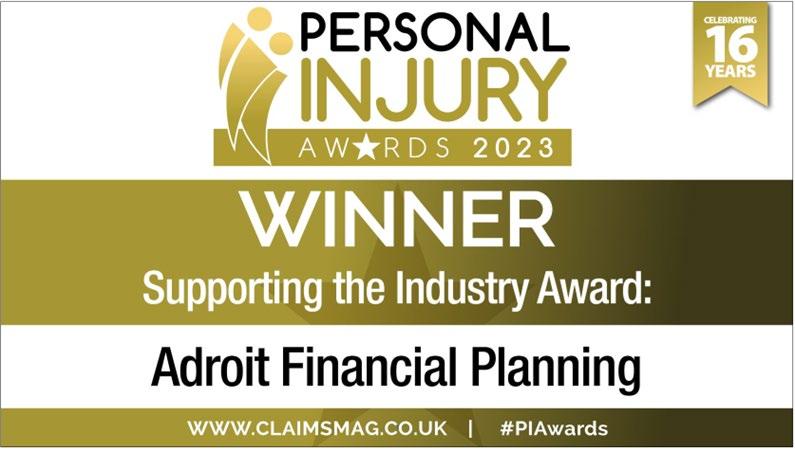

37 adroitfp.co.uk
The Client Journey
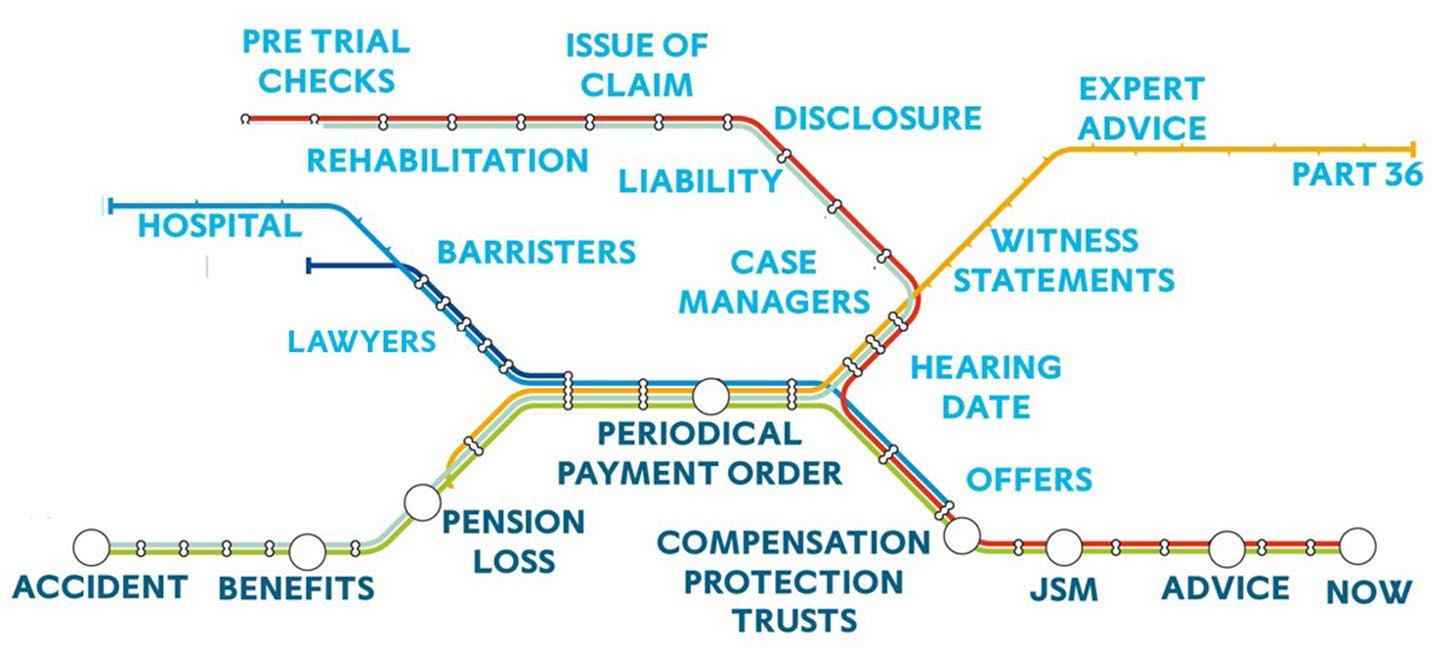


38 adroitfp.co.uk

Narrowing the Field
adroitfp.co.uk 39
and
Defaqto Research Based on the following Filters:
• Launch Date – Less than 01/01/2018
• ARC Subscriber – Yes
• Experience in running Court of Protection monies (Adroit only)
• Service Type – Managed or Bespoke - Bespoke
• Discretionary Assets Under Management £bn Most Recent
• DNA* 5 - More than £5bn
• DNA* 4 - Between £2.5bn and £5bn
• Set Up Fee
- DNA 5 – A set-up fee is not payable
• Consolidated Income Tax Certificate- DNA 5 – A consolidated income tax certificate is issued
• Capital Gains Tax Report- DNA 5 – A CGT report is available
• Online Valuations Available
• DNA* 5 - Valuations COB previous day and verified by Defaqto
• DNA* 4 - Valuations COB previous day, but not verified by Defaqto

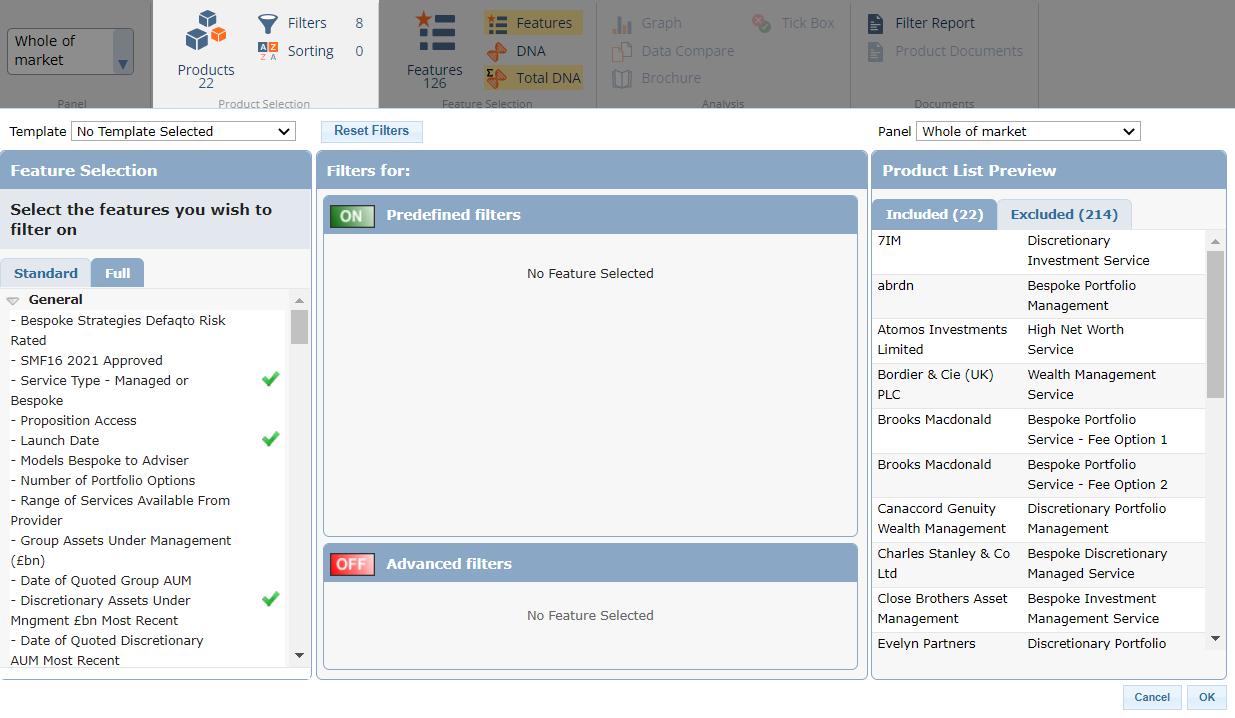
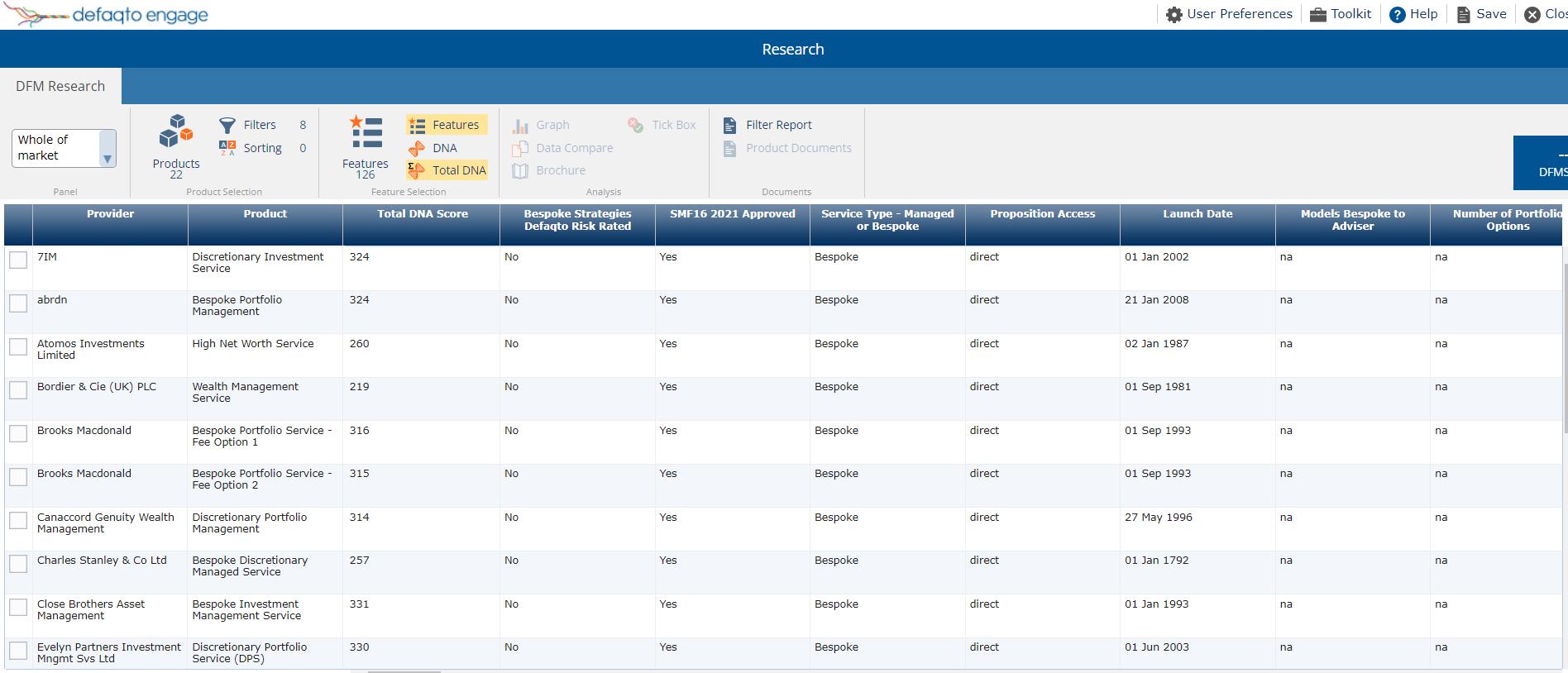

40 adroitfp.co.uk
Step 1 - Our Criteria
Filtering (narrowing the field)
Source:
at 14 May 2024. * Data Numerical Analysis
ARC Suggestus as
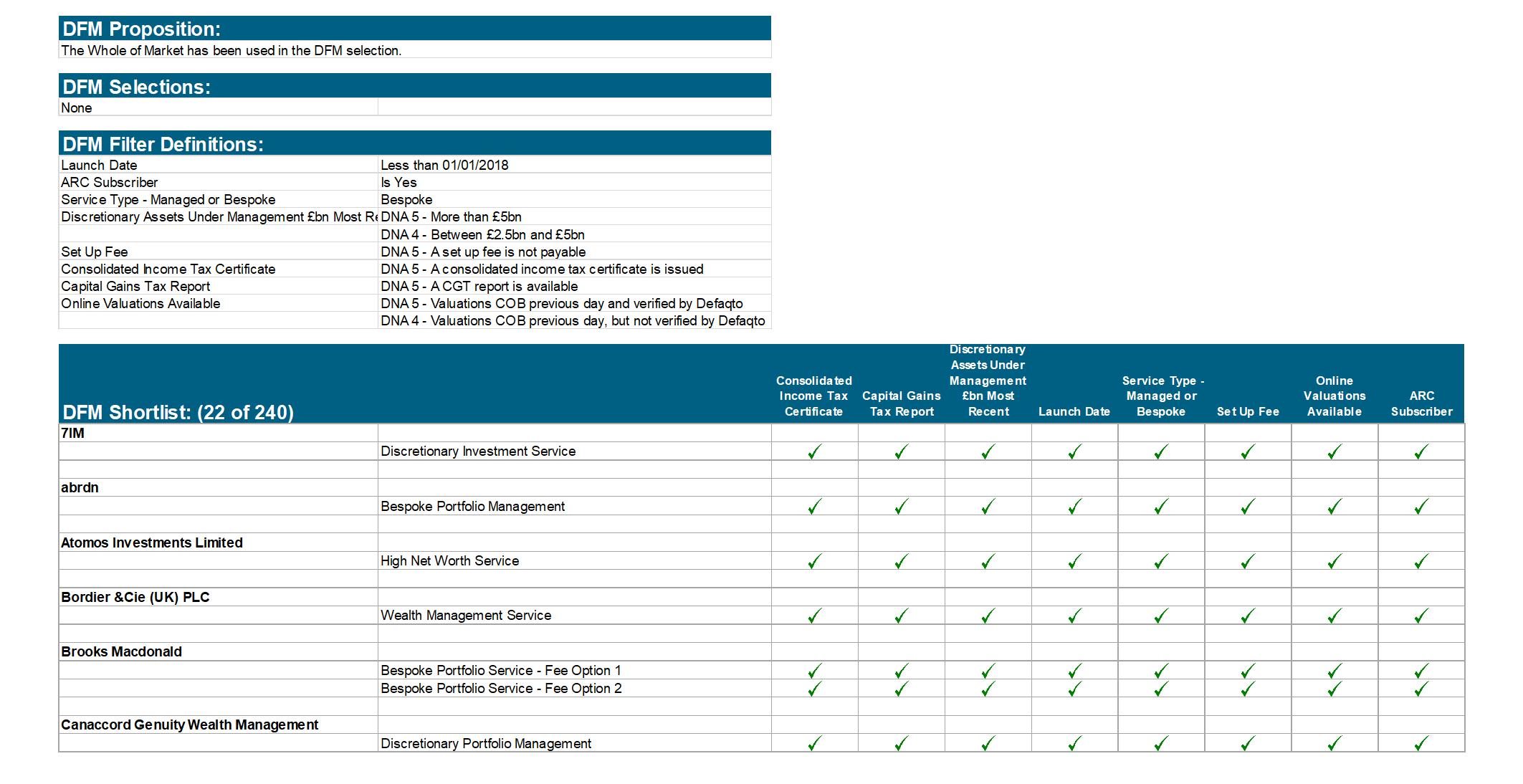
Review shortlisted results from Defaqto

41 adroitfp.co.uk
– Filtered results (see Defaqto report)
Step 2
Review shortlist on ARC Manager Research with following Filters:
• Currency – GBP

• Manager Type – Investment Manager
• Location – United Kingdom
• 3D* – Yes
• Service – Private Client Discretionary
We want Investment Managers that provide data to ARC & awarded 3D Status
*ARC’s 3D award is an endorsement of an investment manager’s commitment to the principles of transparency, engagement, and integrity

42 adroitfp.co.uk Step 3 – ARC Comparison
Step
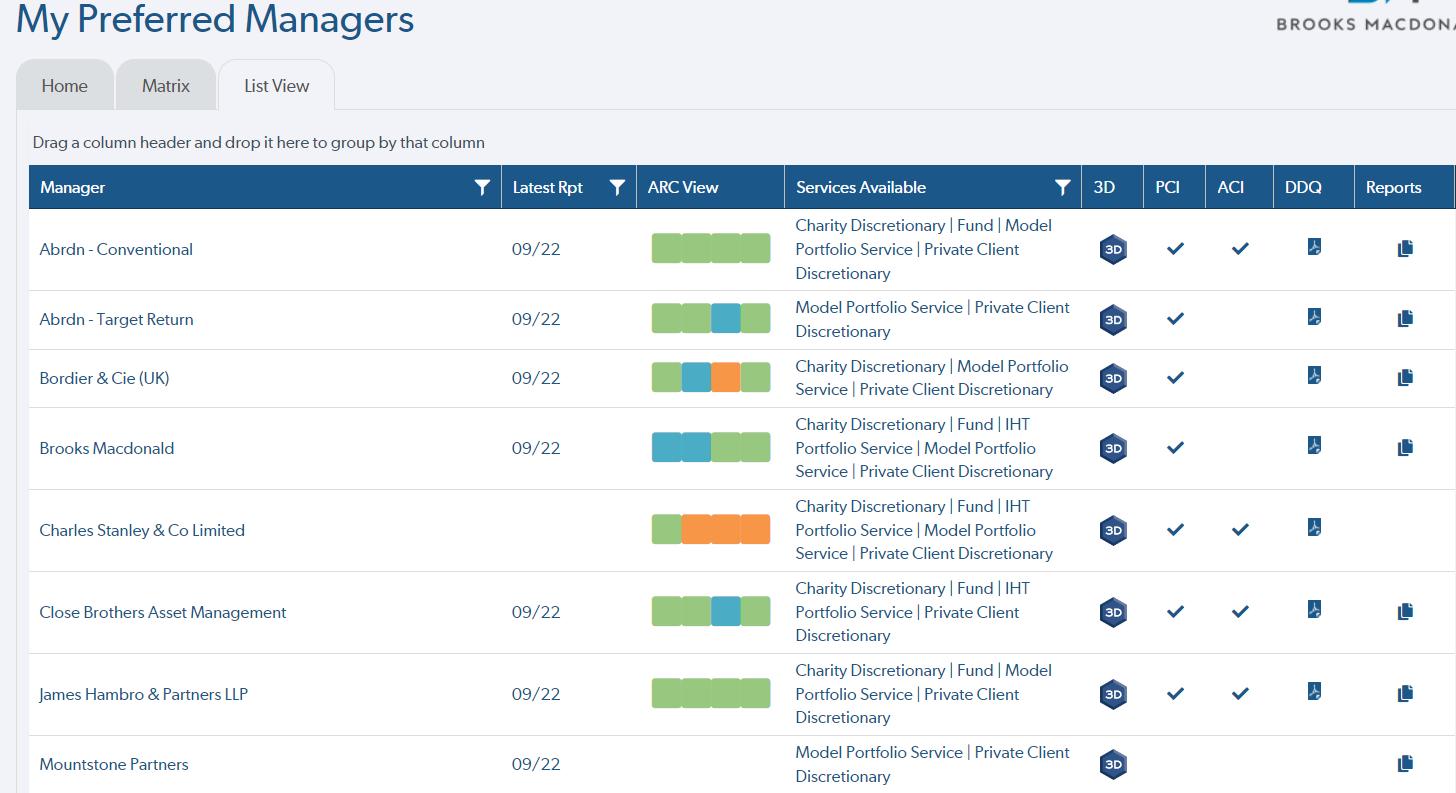
Source: ARC Suggestus as at 14 May 2024.

43 adroitfp.co.uk
ARC
4 –
Analysis Matrix (List View)
Due Diligence using ARC Scoring
Using data from ARC, the team is able to see, at a glance, how each manager scores on
• Controls
• Clients
• Costs
• Consistency

We also get flash updates from ARC for anyone that is on our panel with information that they may think is relevant to us, and important for us to know to continue to review

44 adroitfp.co.uk
Manager Factsheets
ARC Scoring System
Four overall factors have been identified that encapsulate the key aspects of assessing investment managers
Control: Qualitative assessment of the firm’s governance and management
Clients: Quantitative assessment of client trends and servicing characteristics
Costs: Quantitative assessment of costs and the value delivered
Consistency: Quantitative assessment of investment performance
Within each factor there are four sub-factors that focus on a particular aspect of performance.


Source: ARC Suggestus as at 14 May 2024.

45 adroitfp.co.uk
Manager Factsheets
Scoring Assessment
The manager scoring process is designed to identify areas of potential weakness of an investment manager that should be considered either when choosing a manager or monitoring their on-going performance. The scoring process incorporates qualitative and quantitative factors to provide a rounded perspective on their performance across sixteen sub factors covering four primary factors
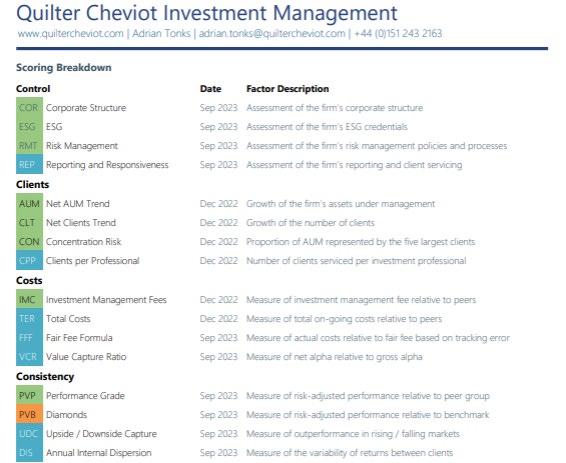

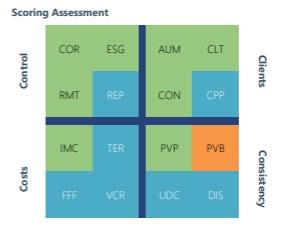
Source: ARC Suggestus as at 14 May 2024.

46 adroitfp.co.uk
Manager Factsheets
Style Assessment
Investment managers employ a broad range of philosophies, processes, and products to achieve their clients’ objectives. ARC characterises the differences in approach through the style assessment, where ARC places managers on a spectrum of features of the investment approach. Matching client preferences to manager style can help to reduce any expectation gap between clients and managers by establishing a common basis for understanding how the investment managers approach portfolio management
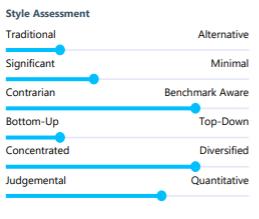
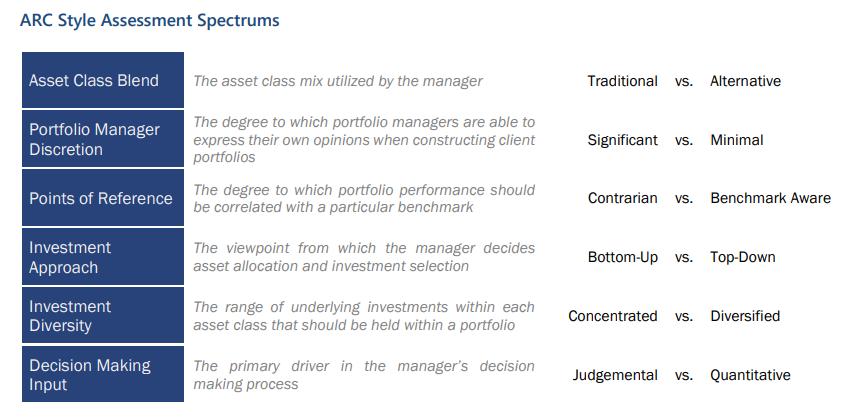
Source: ARC Suggestus as at 14 May 2024.

47 adroitfp.co.uk
Funds & MPS – Initial Assessment and Ongoing Monitoring
• Both are Eight Step Processes – Full eight steps run each year and run from step five each quarter
• Annual Due Diligence – Research begins in January on performance and cost and feedback regarding current panel to ensure happy with current panel. Risk Mapped against current risk questionnaire
• Ongoing Review – Performance Analysis using FE Analytics , Costs, Any comments made or issues flagged up, confirm no major changes to risk rating

48 adroitfp.co.uk
MPS
Step 1 Defaqto research from whole of market Step 2 Filtered results (see Defaqto report) Step 3 ARC Filtering Step 4 Further Data Analysis Step 5 Review Draft Panel Step 6 Investment Committee Approve Panel & Update Documents Step 7 Roll out to advisers Step 8 Review panel on quarterly basis (Whole of market re-run annually) Step 1 Defaqto research from whole of market Step 2 Filtered results (see Defaqto report) Step 3 – Further Data Analysis Step 4 Further Data Analysis –Additional Data Step 5 Review Draft Panel Step 6 Investment Committee Approve Panel & Update Documents Step 7 Roll out to advisers Step 8 Review panel on quarterly basis (Whole of market re-run annually)
-
Funds -
• Seven Step Process – Full seven steps run each year, run from step four each quarter
Step 1
Defaqto research from whole of market
Step 2
Filtered results (see Defaqto report)
Step 3 Due Diligence and ARC Comparison
Step 4 ARC Analysis

Step 5 Investment Committee Approve Panel
Step 6
Roll out to advisers
Step 7 Review panel on quarterly basis
• Annual Due Diligence – Research begins in January to finalise DFM panel to notify Suggestus to update data within ARC matrix
• Ongoing Review – ARC Analysis, compare to last two quarters to see changes in output from ARC (performance, matrix including ARC scoring summary, overall matrix)

49 adroitfp.co.uk
BPS – Initial Assessment and Ongoing Monitoring
Investment Committee Meetings
• Investment Committee consists of seven members, with four voting members
• Run whole of market due diligence annually

• Meet quarterly to review ARC data and discuss markets
• Hold ad hoc meetings where necessary
• Have a product panel, investment panel & tax efficient investments panel – all have their own processes
• Also have an off-panel process
• Update all supporting documents quarterly (ARC matrix, performance data, charges data)

50 adroitfp.co.uk
• We have an extremely robust selection and due diligence process

• There is an additional criteria for Adroit clients
• All of the providers on the panel are reviewed quarterly
• The Investment Committee is highly experienced

51 adroitfp.co.uk Summary
Adroit & EMG Solicitors

Adroit Financial Planning
Windmill Green
24 Mount Street
Manchester, M2 3NX
Tel: 0330 995 6838
Email: enquiries@adroitfp.co.uk
Adroit Financial Planning Limited is a company registered in England and Wales (07980535) with registered office at 21 Lombard Street, London EC3V 9AH. Adroit Financial Planning Limited is authorised and regulated by the Financial Conduct Authority (579324). Adroit Financial Planning Limited is a member of the Brooks Macdonald group of companies. More information about the Brooks Macdonald Group can be found at www.brooksmacdonald.com
The value of investments, and the income from them, may go down as well as up and neither is guaranteed. Investors could get back less than they invested

adroitfp.co.uk


Stairway to Hell: Liability for catastrophic falls on stairs
Pankaj Madan
Barrister, Exchange Chambers & 12 Kings
Bench Walk

#EMGConference2024
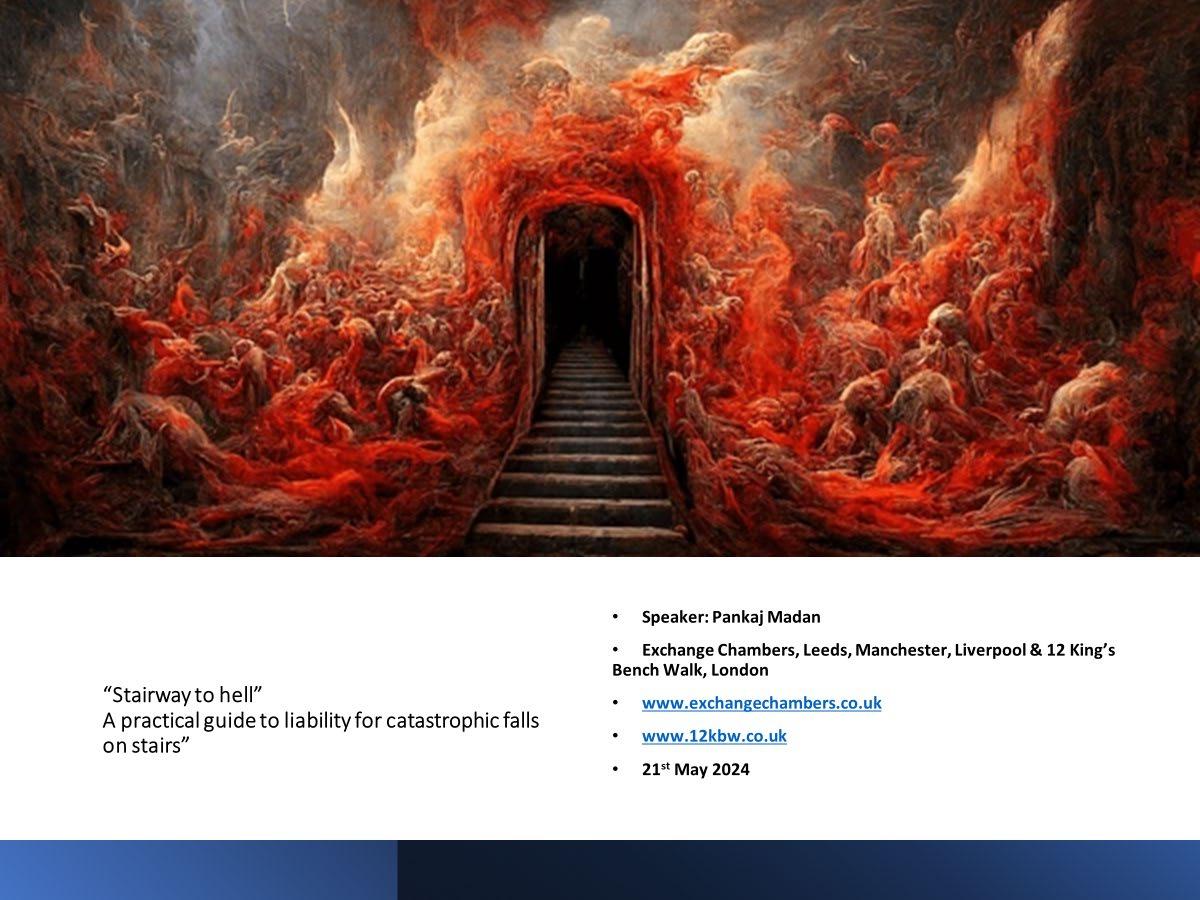
Introduction

Focus on stairs outside the workplace in a public place (PL claims)
The principal legal framework
The secondary legal framework
Case law
A deeper look at some of my cases I have been involved in Practical guidance
Common situations where Traumatic Brain Injury is suffered on stairs
Public Houses- Down cellar steps, - door left open/unlatched
Public Houses- Falls on staircases generally Mostly when going to or coming back from the Lavatory!
 Guest houses or hotels- falls on stairs
Guest houses or hotels- falls on stairs
Some statistics
UK
• 700 deaths
• Estimated 250,000 non-fatal accidents from stair-related incidents every year.
• Of these, 43,000 are hospitalized.

The principal legal framework

The common duty of care
• Section 2(2) of the Act provides:
(2)The common duty of care is a duty to take such care as in all the circumstances of the case is reasonable to see that the visitor will be reasonably safe in using the premises for the purposes for which he is invited or permitted by the occupier to be there.”

Case law
An iconic case- Wheat v E Lacon & Co Ltd[1966]
AC 552

• Manager of public house “The Golfers’ Arms” permitted by landlords to take paying visitors
• Accommodated in part of premises labelled “Private”
• Opened onto a staircase leading to the first floor. Another staircase from the first floor to the back yard – access to serving area behind Bar.
• September 4th 1958, around 10 pm husband left to go buy drinks from the Bar.
• Found at the foot of the back stairs with a fractured skull – died.
• Electric light at top of stairs- no bulb
• Handrail down left side- not long enough. Stopped above 3rd Step.
Wheat v Lacon
• Claimant fell from about the third step – medical evidence
• Running his hand along handrail which came to an end- inference
• Stepped out with confidence thinking he’d come to the bottom- inferred
• Causes:-
• 1. Handrail not extending to bottom of stairs
• 2. Staircase was dangerous in an unlit state


What happened?
• The plaintiff widow lost at first instance, in the Court of Appeal and the House of Lords!
• The case helps to establish that there can be more than one occupier
• The staircase was not dangerous to someone using it with proper care even though it was unlit.
What is “reasonable”
• All the circumstances
• How obvious is the danger
• Purpose of the visit
• Conduct expected of the visitor
• Presence of a reasonable system
• Section 1 of the Compensation Act 2006- does requiring steps limit or discourage desirable activity
• Acting on professional advice or failure to obtain and follow advice
• Relevant safety rules whether official or unofficial

Ward v The Ritz Hotel (London) Ltd.
CA 1991
• Plaintiff severely injured
• Fainted
• Fell backwards over low balustrade
• Hotel constructed in 1905-
• Balustrade-3 ft 31/2 inches above floor
• 1976- hotel raised floor by 4 inches- so balustrade less than 3 feet above floor
• 1976 British Standard- 3 ft 6 inches
• Even D’s expert accepted shouldn’t have been allowed!
• Trial Judge dismissed claim saying breach of BS didn’t mean a breach of duty
Ward v The Ritz
• Court of Appeal disagreed with the trial judge.
• Allowed the appeal
• Judge had given too little weight to the British Standard
• They represented the consensus of professional opinion and practical experience as to sensible safety precautions
• Although not legally binding they were guides
• “provided strong evidence of competence”
• Foreseeability of harm was established
• Defendants had not taken such care as was reasonable in the circumstances to see that the plaintiff was reasonably safe in using the hotel.

Secondary legal framework
It is the British Standard that was relevant for when the stairs were designed or adapted that is relevant
The British Standards are available behind highly priced paywalls (around £75.00£244.00 even for a digital version)
Different codes for straight stairs, winding stairs etc.
The British Standards for Stairs
BS 5395 series gives recommendations for the design, construction and maintenance of straight stairs, landings and winders
Published and revised in 1977, 2000 and 2010
• Part 1 Stairs, ladders and walkways. Code of practice for the design of straight stairs- 2010
• Part 2 Stairs, ladders and walkways. Code of practice for the design of helical and spiral stairs- 1984
• Part 3 Stairs, ladders and walkways. Code of practice for the design of industrial type stairs, permanent ladders and walkways-1985 *withdrawn now
• Part 4 Code of practice for the design of stairs for limited access- 2011


BS5395
BS5395 Takes the form of guidance and recommendations
• Handrails
• Guarding
• Steps
• Glazed areas and doors
• Doors
• Fire protection and escape
• Marking nosings
• Dimensions
• Slip resistance
• Lighting

Standards of Dimensions
Goings and treads


Goings of winders


Rise


Uniformity of stairs


Headroom and clearance


Landings dimensions



Terms
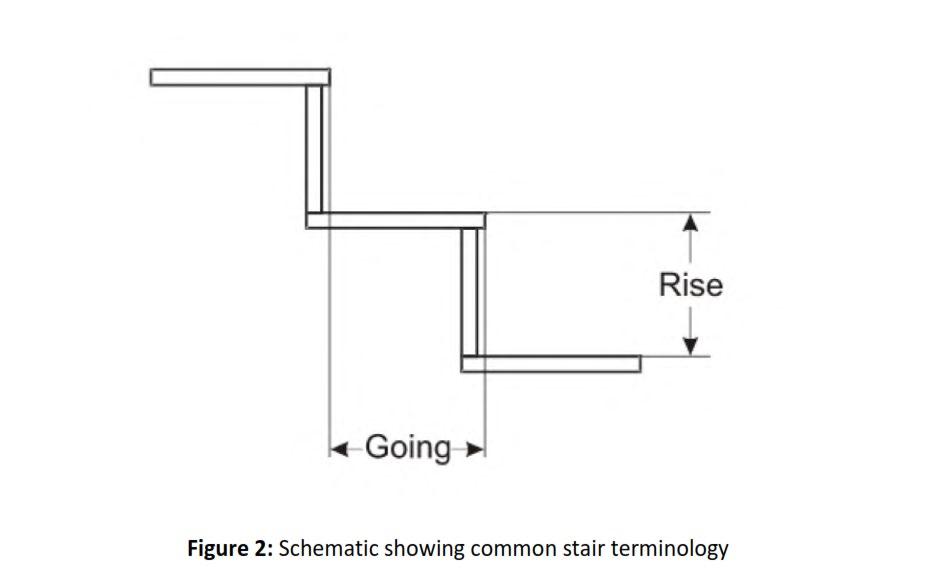
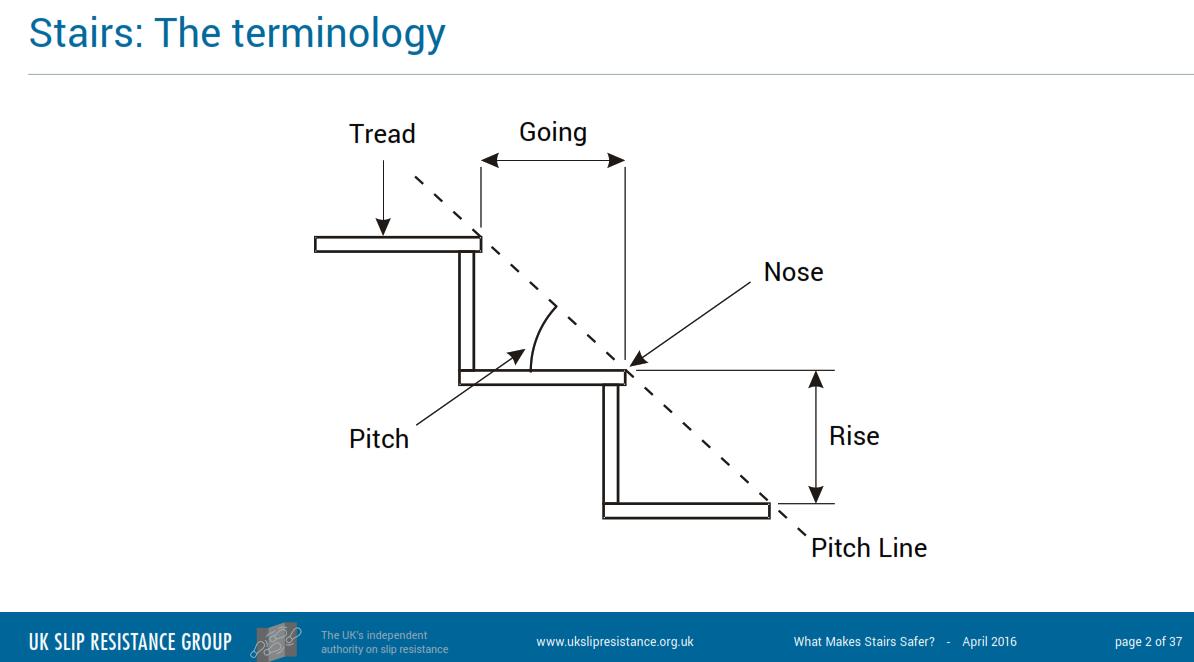

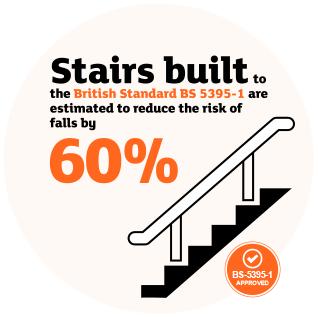


“On stairs that are designed to the British Standard, falls decrease by over 60 per cent”



“Enshrining
BS5395-1 into law would therefore save the NHS up to £5 million every year through accident reduction.



“The Government has responded to our Safer Stairs campaign by committing to launch a consultation on updating the Building Regulations to include British Standard 5395-1 on stair design. It has pledged to complete the review “as expeditiously as possible, and certainly within the year”.
“However, our work at RoSPA doesn’t stop there as we will be continuing to put pressure on the Government to ensure that this change can be brought in as soon as possible.”
“


A look at some of my cases

DXA- A fatal brain injury
General points about stairs
Descending stairs is a series of controlled falls from one tread to the next
Increasing the vertical distance required for each step made the control of the fall more demanding
Reducing the size of the step onto which the foot lands makes a misplace of the foot more likely
Consistency of dimensions allows the user to subconsciously adapt, placing their feet and negotiating the stair with little conscious thought
Significant differences in rise or going increase the risk of a fall


Goings
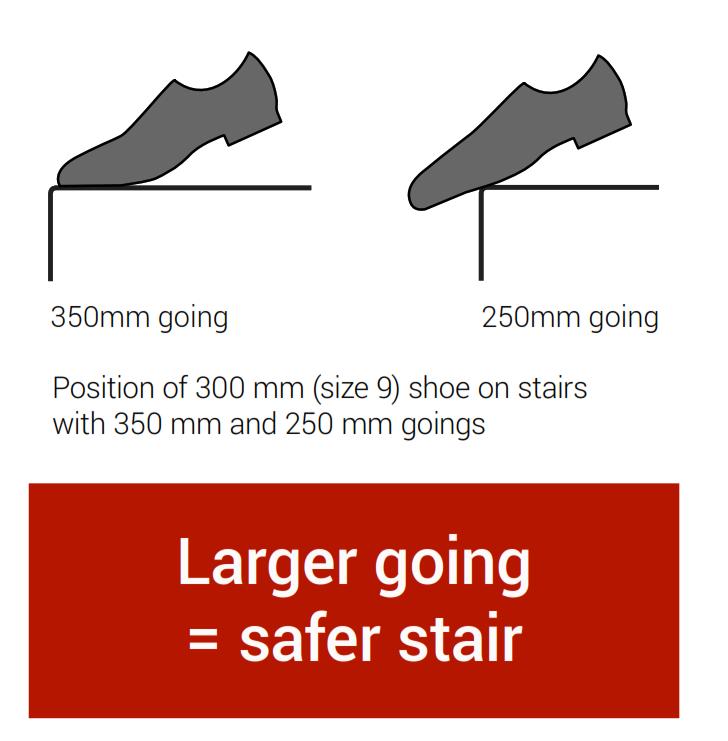
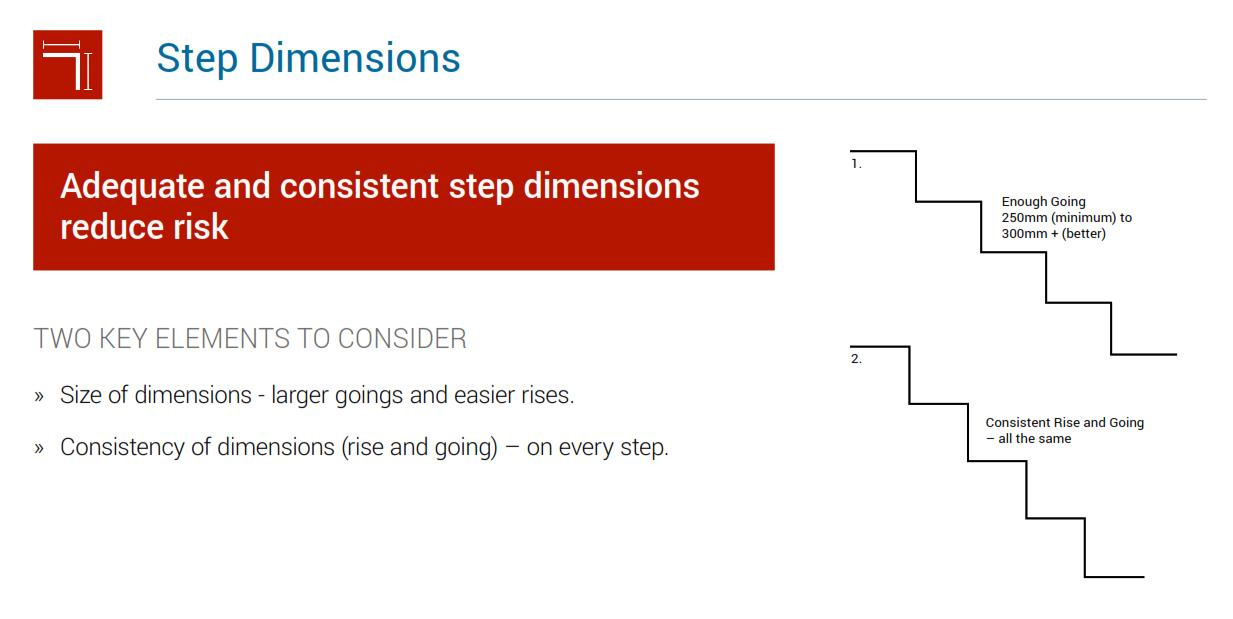
Step dimensions- The Risk
(Source: UK Slip Resistance Group)
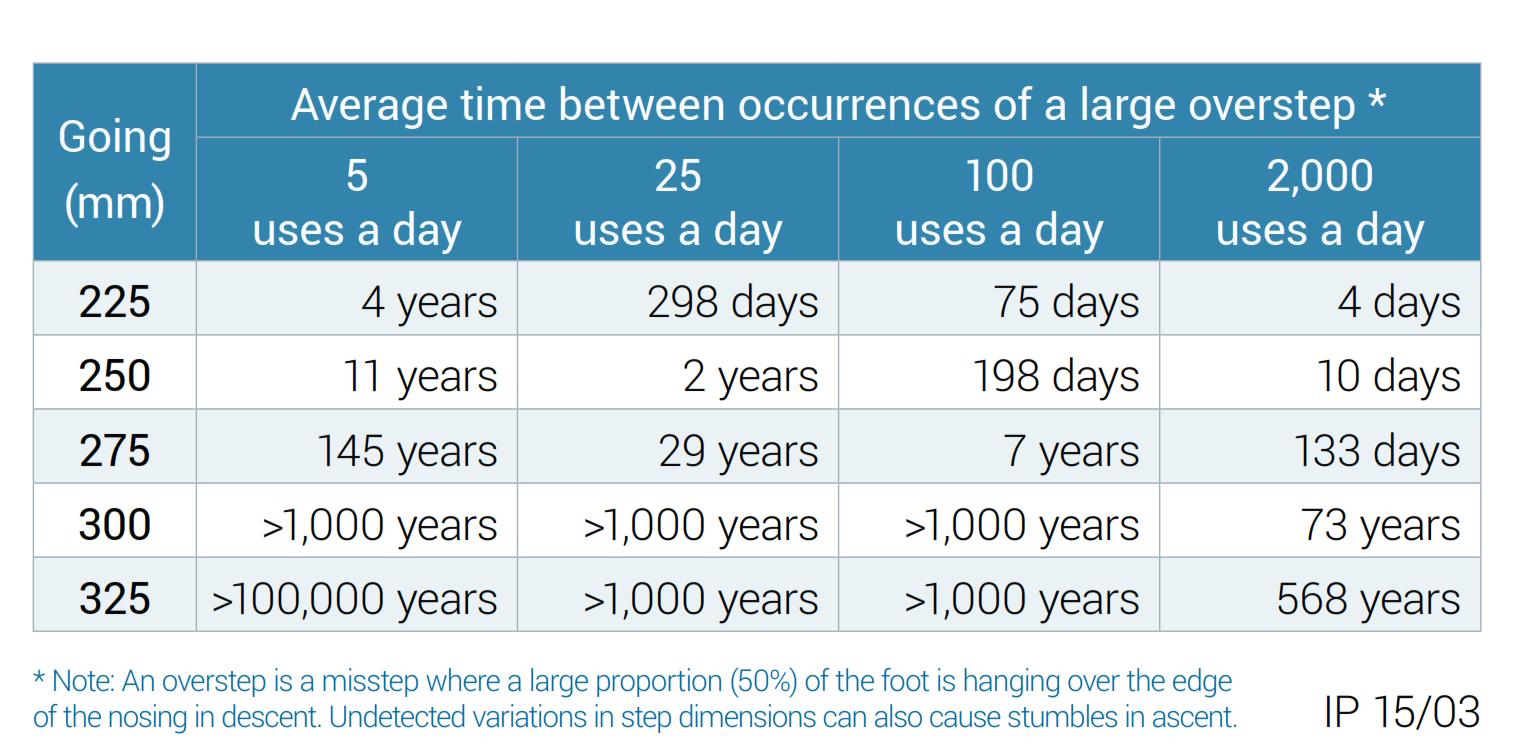
HSE- The stairs in DXA
Large variations in the size of the goings
Led to a 5 x risk of an overstep
Inconsistencies in rise and going
Edge of each step was not clearly highlighted
Carpet was thick not tightly fitted to the nosings of the steps
There was no dedicated appropriate graspable handrail ideally circular with a diameter of 32mm-50mm
One step moved under weight
BS 8300 provides specifications for light reflectance values of the nosing strips
One of the lights above the step on the landing was not working
Crouch and Sight Test
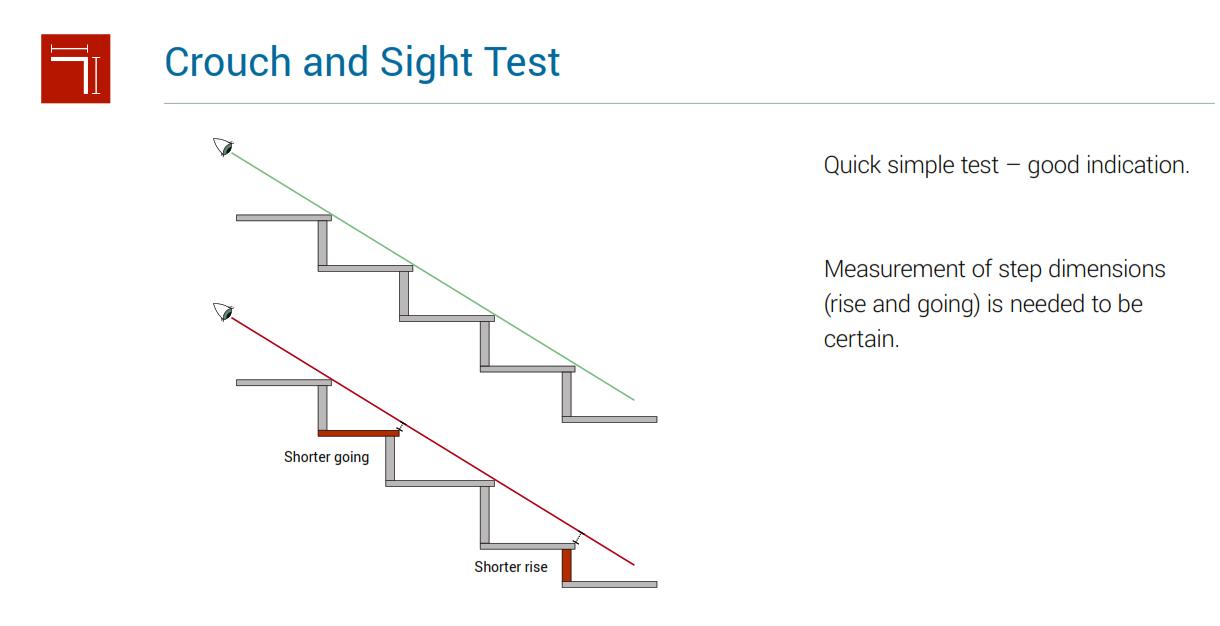
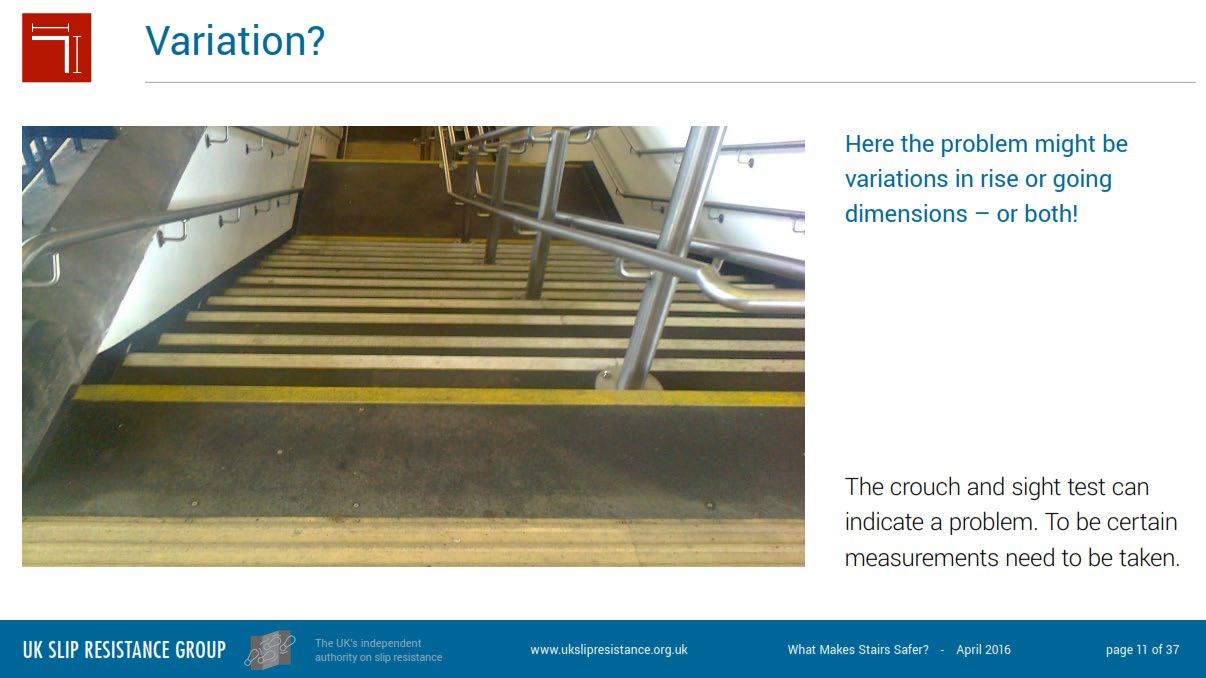
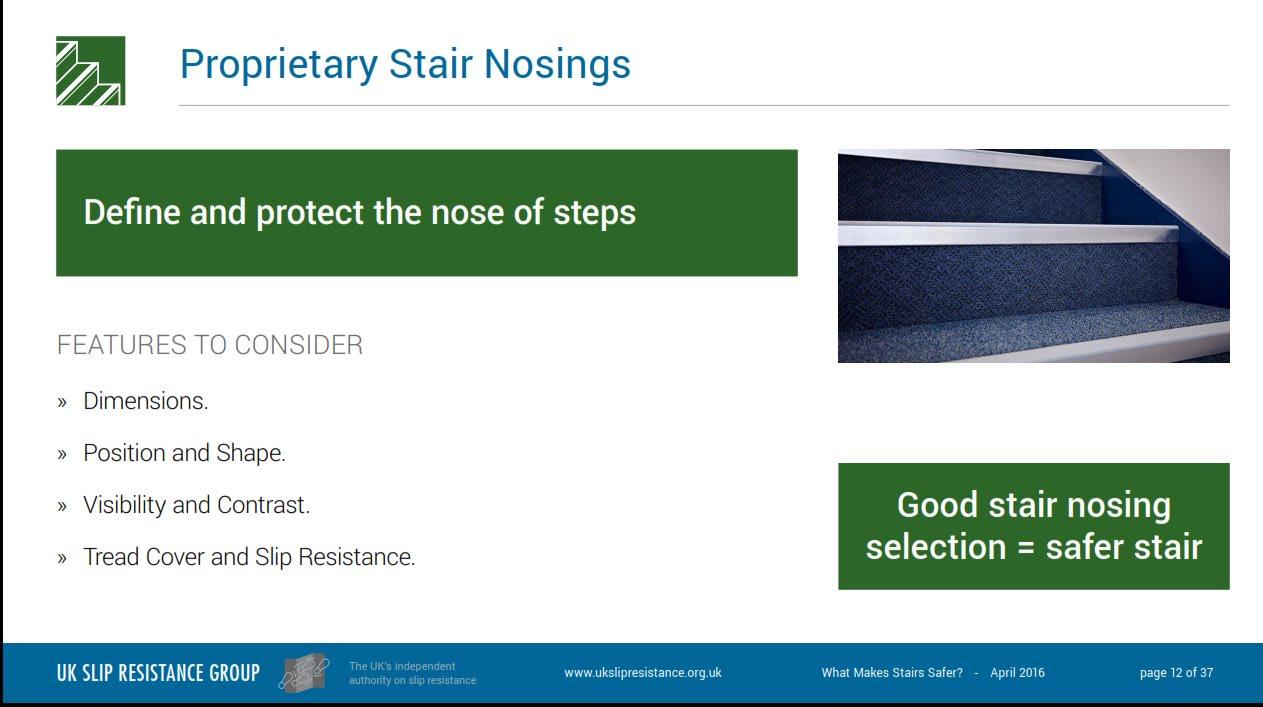
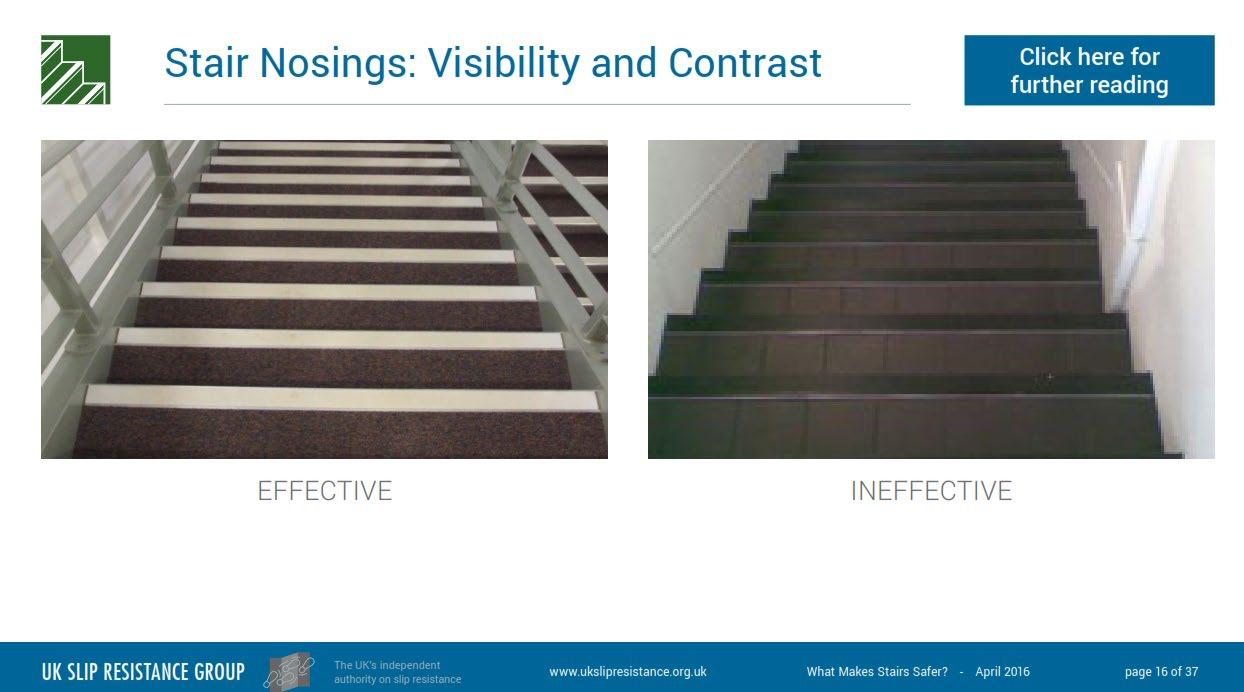
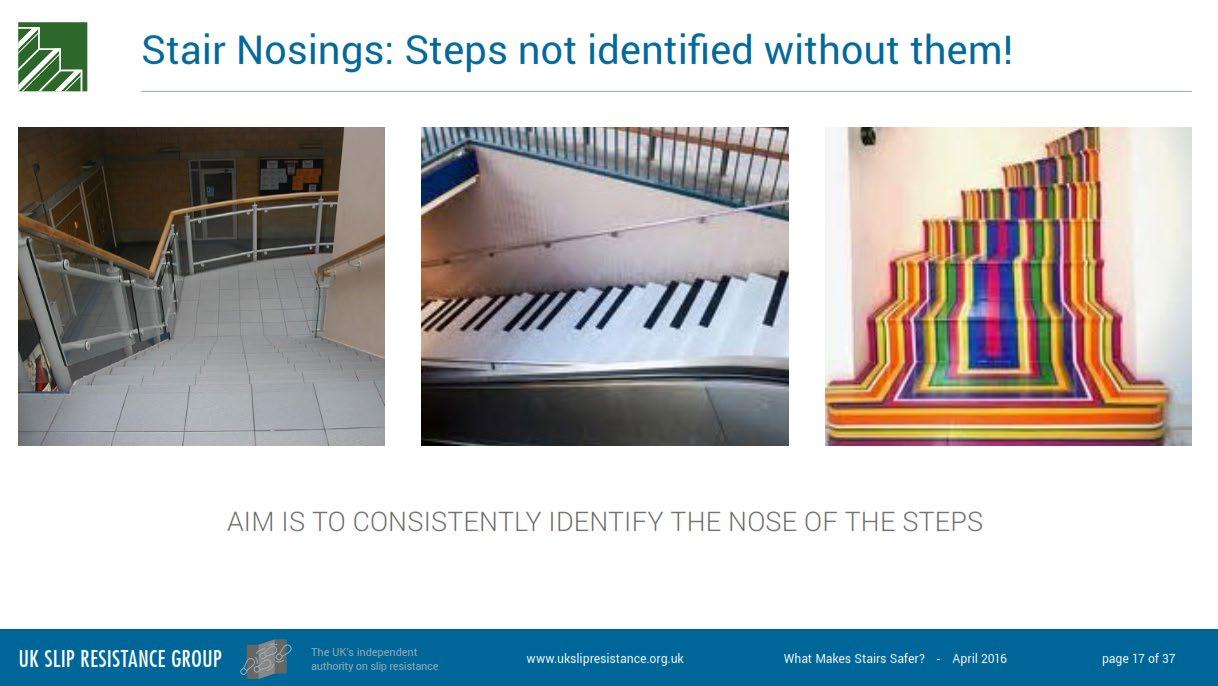
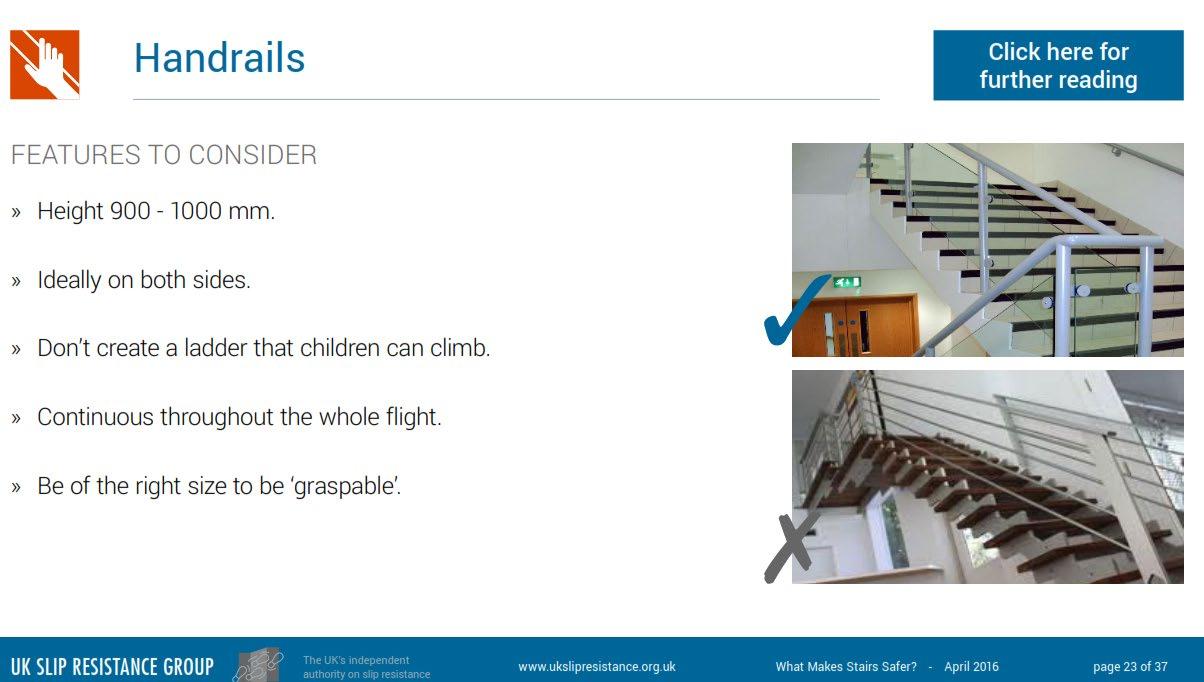
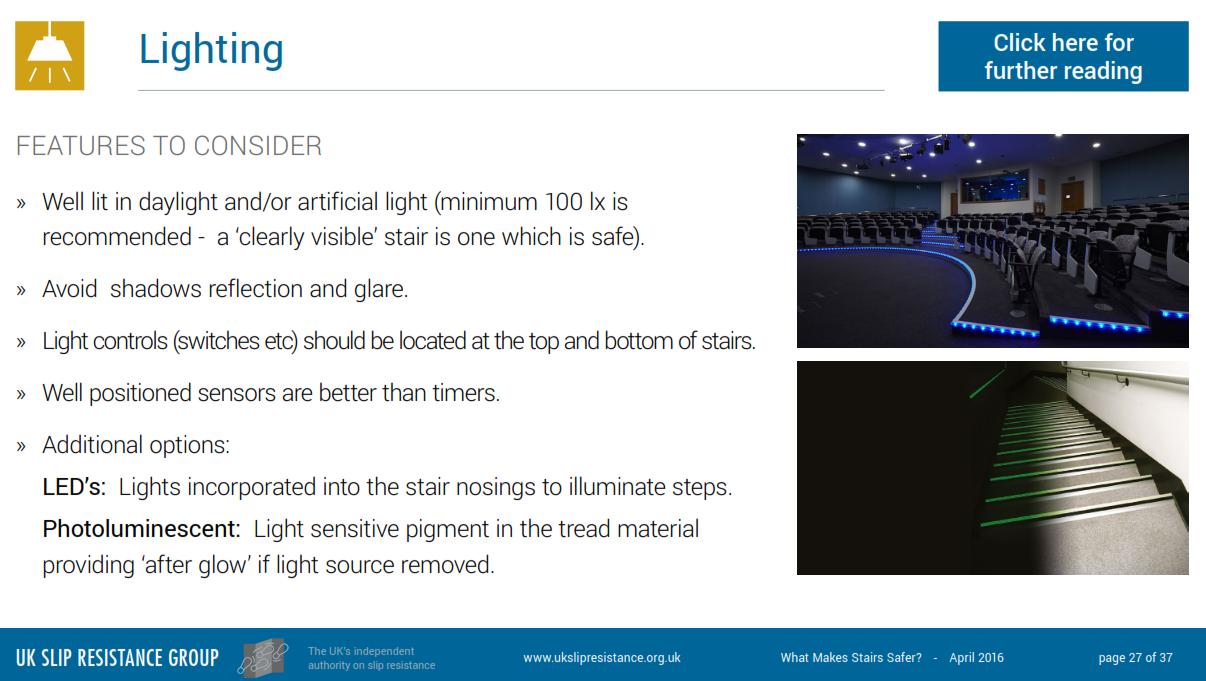
What happened in DXA?
Attended inquest before a Jury
Issued proceedings in the High Court of Justice against a denial of liability
Jury concluded that intoxication and design of the steps and lack of a handrail caused or contributed to the accident
Settled for a significant sum which the family and widow desperately needed.
Commissioned evidence from a staircase expert engineer – supported the findings and helped on causation as this being the likely cause of the fall. The CCTV helped here too as the fall was so violent.


Case
No 2 - CXD

CXD Severe TBI
Gone out drinking on a charity do
Had about 5 pints of lager shandy
Went to a bar and was going to the toilet just having arrived
Suffered a severe traumatic brain injury
Made a good recovery and returned to work but with continuing cognitive and emotional deficits
Claimant’s Case
• Shape of the handrail didn’t allow a power grip to adequately arrest fall
• Previous incidents
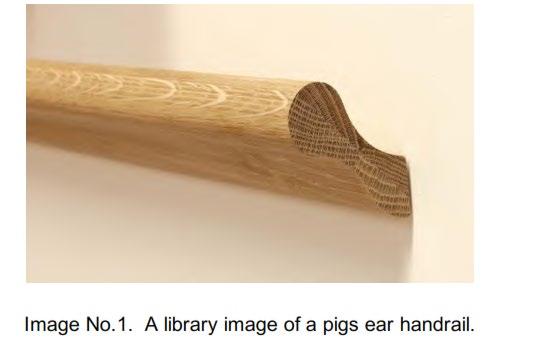

Problems with stairs
Nosings moved on some stairs
Lighting was insufficient, coloured and cycling through colour changes every few seconds
Majority of risers were greater than recommended max of 180mm varied between, some 195-202mm
Goings were shorted than recommended minimum of 280 mm
Mr Lemon
Defendant countered
Nosings didn’t move when he inspected before our expert did
Previous incidents not unusual, low for the traffic on the stairs
Mis-step when analysed frame by frame- most likely down to unsteadiness not the design of the stairs- alcohol use
The stairs were in accordance with Building Regulations and standards of its time when it was built
He said he managed a powergrip on the handrail well, once fall established nothing could have arrested it


Dynamic analysis

Mr Lemon said: Fall wasn’t an overstep event

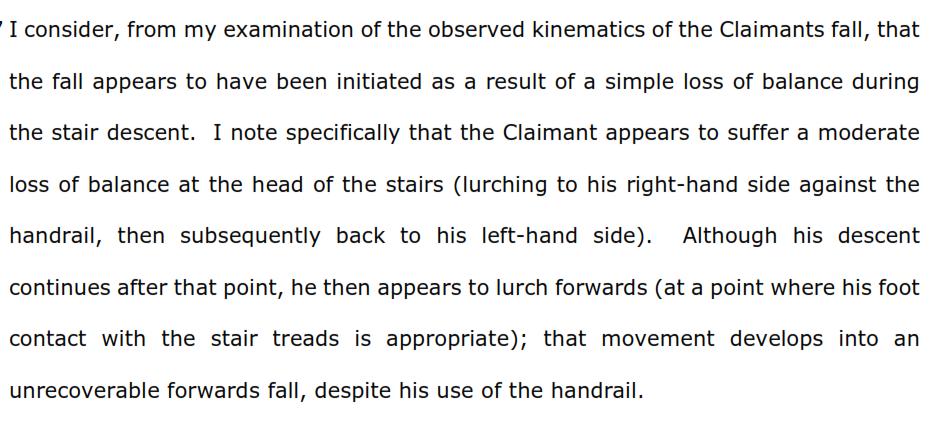



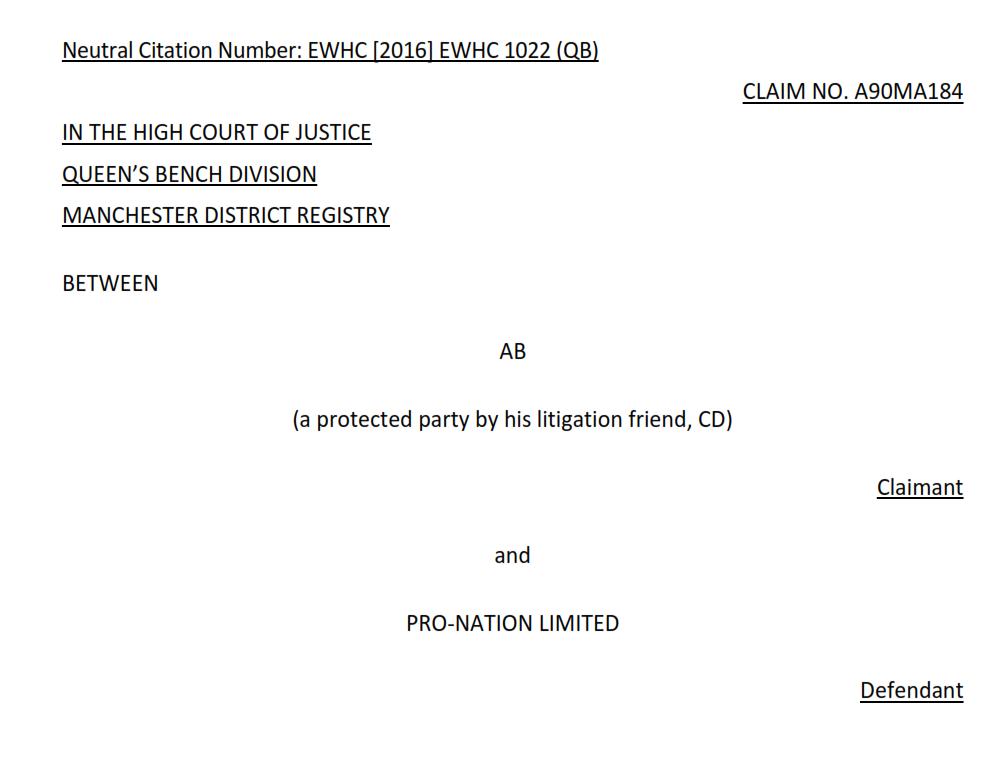


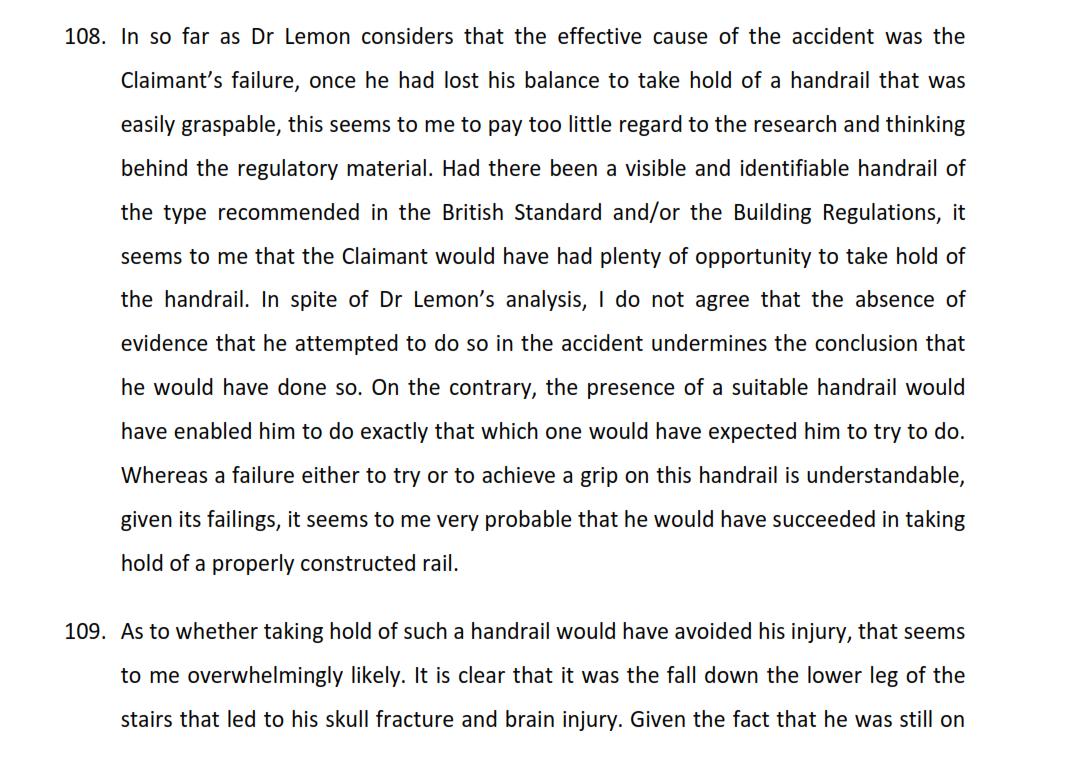
Contributory negligence

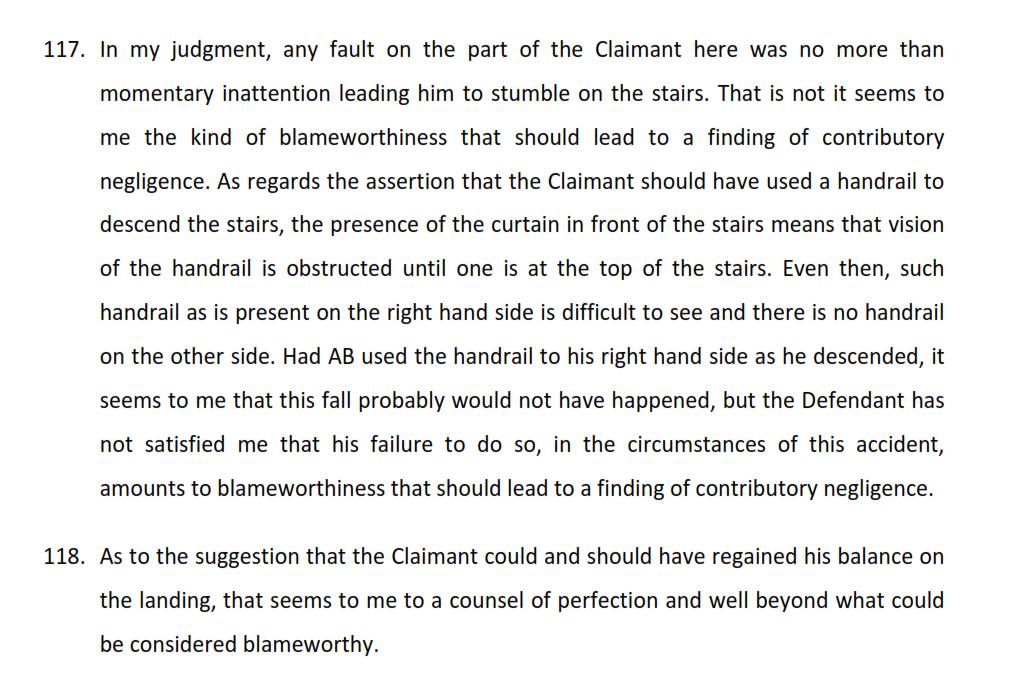
What happened in CXD?
Met at a mediated settlement
Negotiated without admission of liability by the Defendant a significant settlement based on risk
Borderline case we could certainly have lost at trial
CXD was however doing well, back to work full time and didn’t need anything more than family care. The effects of the TBI stayed with him however. C very pleased with the outcome.
Act quickly to preserve any CCTV
Obtain police ambulance and HSE and any local authority reports
Inspect the stairs yourself and with Counsel even before instructing an expert if there is going to be a delay
Practical Guidance
Consider having the CCTV analysed first by a CCTV expert and a series of stills produced
Is Gait analysis necessary or is it an issue for the judgeprobably the latter!
Instruct your expert early before you plead your case
You will need conferences with Counsel
Thank you


• Exchange Chambers, Leeds, Manchester, Liverpool
• madan@exchangechambers.co.uk
• madan@12kbw.co.uk
• Twitter : madanpanks
• Linked In: search “Pankaj Madan”
• Clerks: Exch: Megan Hawke/Ian Spencer
• 12 KBW: Matt Dowdall/Tristan Whigham




Deputyship: Scope and Extent of Authority
Ruth Wright Director, EMG Solicitors

#EMGConference2024
Deputyship: Scope and Extent of the Deputy’s Authority
Ruth Wright

Very Clear!
• The deputy’s authority limited to that they are given by the Court and is derived from the order appointing them.
• P&A Deputies do not have authority to deal with welfare matters
• But where does money end and welfare begin? What if the Deputy is paying for the care package and there are welfare problems that are likely to cause the package to break down?

MCA
and Court Rules
Deputy Acting as litigation friend
Requires Re: ACC authority
Court likely to be more willing to grant authority where:
– there will be no adverse financial consequences for P – e.g. where defendant has agreed to pay for deputy to act as litigation friend
– the OS has indicated that they are not willing to act (because the deputy is willing to)
Risks for the Deputy acting as litigation friend:
– If P is fundamentally dishonest, has exaggerated or inflated the claim may not get paid and may be at risk of proceedings for contempt of Court
– If P’s claim fails – risk of adverse costs order and may not get paid if litigation solicitor is acting under a CFA.
– Part 36 offers – potential conflict – deputy may have an incentive to accept a low offer because they know they will be paid for the work they have done.

Direct Payments
Calderdale MBC -v- AB and Daniel Lumb [2021] EWCOP 56
Not a formal judgement but a published order made by Senior Judge Hilder.
Daniel Lumb – professional deputy for AB. AB’s brother-in-law received direct payments from LA which were used to pay for care provided by AB’s siblings.
LA made an application including seeking a determination about the scope of the deputy’s authority in respect of direct payments.
• S32(4) of the Care Act sets out who is an “authorised person”
– The person is authorised under the MCA to make a decision about the adult’s needs for care and support
– Where not authorised as above, a person who is so authorised agrees with the LA that the person is a suitable person to whom to make direct payments, or
– The LA considers that the person is a suitable person to whom to make direct payments.
HHJ Hilder found that the deputy was not authorised to make decisions about P’s care needs therefore does not have authority to request Direct Payments.

Direct Payments (Cont.)
Presents problems for Deputies
• reverse indemnities. The Deputy might comply with that but a family member could still request a DP.
• DPs required to make up shortfall on compromised claims
Practical steps for the deputy to take include getting (signed) agreement from someone who is an “authorised” person that they can request and manage the direct payment for a client.
The issue is under review and we understand that Senior Judge Hilder is due to give a further judgement on another case that will deal with this point
Word on the street is that it is likely decision will be that Deputies are not authorised to request or manage DPs…..watch this space

Cross Border Cases
Potter Rees Dolan Trust Corporation Ltd v WL & Anor [2023] EWCOP 19
ML is Polish national who was working in the UK and injured in RTA when he was knocked off his bike.
ML’s mother agreed that Deputy should be appointed to manage interim payments & final settlement and instructed PI solicitors when they prepared the schedule of special damages that she would continue to want a professional deputy.
Application was made on mother’s instructions and Deputy was appointed.
Mother subsequently made an application to the Polish courts to be appointed as ML’s Guardian, without advising the Deputy that she was doing so. This gave her the right to manage almost every aspect of ML’s life including care and finance.


Cross Border Cases (Cont.)
Case settled and mother claimed that English Court of Protection did not have jurisdiction to manage P’s assets and “required” that funds should be transferred to Poland.
Issues were raised about recognition of the Polish Court Order and procedural matters relating to that Order amongst other things.
Ultimately an approach was adopted which maintained the Deputyship in England with a framework for transferring funds to the Guardian in Poland.


How
best to manage low value settlement for clients who lack capacity
• Lay Deputy
Is there a family member who is willing and able to act as deputy, possibly with some assistance from a solicitor specialising in deputyship work. Cost of appointment and some ongoing advice should be a recoverable head of damage.
• Panel Deputy
There will still be costs associated with this and P will not have choice about who their deputy is.
• Local Authority Deputy
Not all LA’s accept appointment as deputy. Costs are limited but is there a potential conflict of interest if LA is funding care and is carrying out a financial assessment – LA’s frequently have to be reminded about the legislative provisions ring fencing damages when assessing financial eligibility.
• CPR21.11- Leave money in Court
Sums up to £100,000 the Judge at the time of approval of the settlement can order that funds should be managed via the Court Funds Office with applications being made for sums to be paid out as and when required by letter to the Court, formal application is not required.

Ask the Court of Protection for authority to establish a Trust
Re HM [2011] EWCOP B30
HH Judge Hazel Marshall QC considered when and in what circumstances it is appropriate for COP to authorise the creation of a PI trust as a means of administering a damages award rather than appointing a deputy under S16 of the MCA 2005
Guidance from the case is detailed but essentially each case should be looked at on its own merits by the Court and decisions will be specific to the facts of the case.
Case seemed to suggest that a deputyship was to be preferred to a Trust.
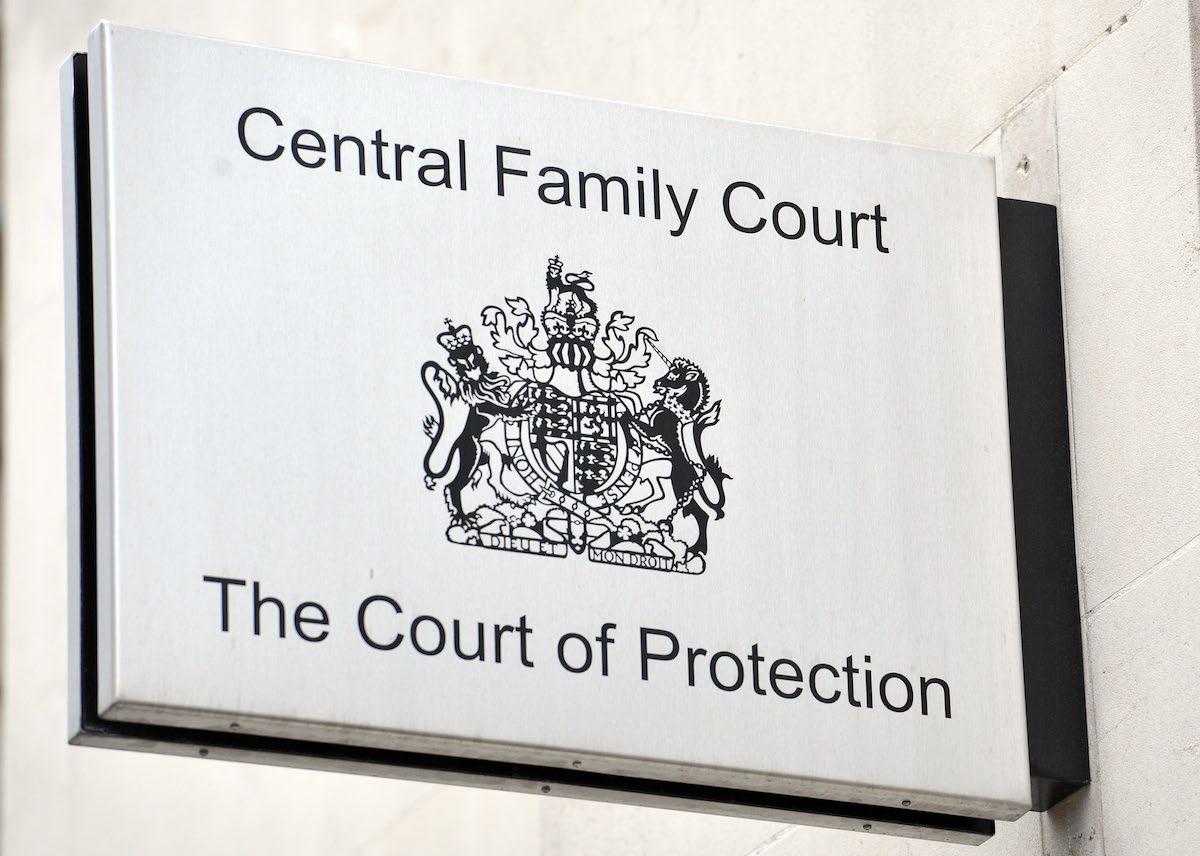

Ask the Court of Protection for authority to establish a Trust (Cont.)
However, note Watt v ABC [2017] 4 WLR 24 where Charles J gave guidance on the approach required dealing with the competing merits of the appointment of a deputy rather than establishing a Trust. His view was that HHJ Marshall’s judgement “is making it clear that there is no presumption or default result unless it is displaced and that what matters in each case is the result of the detailed weighing exercise.”
• What sort of Trust – type of trust has implications for tax treatment.
• Trust can only deal with damages award and cannot manage any other assets if it is to preserve entitlement to means tested benefits.
• Who should be Trustees – is there a need for a professional trustee and if so are the costs recoverable.


Other cases
CCC v Sheffield Teaching Hospitals [2023] EWHC 1770 (KB)
• A cautionary tale for deputies – know your case and your stuff
ACC & Others [2020] EWCOP 9
• Senior Judge Hilder considered the extent of the Deputy’s authority and when specific authority is required, particularly in relation to a deputy referring matters to other teams within their firms. Gave detailed guidance.

Conflict of Interest
Irwin Mitchell Trust Corporation v PW and the Public Guardian [2024] EWCOP 16
• IMTC appointed as Deputy for PW who had a substantial PI settlement.
• Irwin Mitchell Asset Management, a wholly owned subsidiary of Irwin Mitchell , appointed as investment manager following a “beauty parade” involving 2 other IFAs in which a family member was involved.
• The OPG became concerned and IMTC was directed by the COP to make an application to seek retrospective authority to instruct IMAM.
Senior Judge Hilder approached the case on the premise that she had to decide whether the conflict of interest rules apply in this situation and whether “a reasonable man looking at the relevant facts and circumstances of this particular case think there was a real sensible possibility of conflict?”
IMTC suggested that whilst there may be a “theoretical potential” for a conflict of interest there was no reasonable sensible possibility of conflict because it had adopted procedures to eliminate the potential.
The OS who represented PW and the Public Guardian opposed IMTC’s position and considered that there was a clear conflict of interest.

Conflict of Interest (Cont.)
Senior Judge Hilder concluded there was a clear conflict of interest and commented “In my view, that these proceedings have been necessary at all is a paradigm example of Lord Herschell’s wise recognition of the tendency of human nature to be swayed by interest rather than duty”
The judge declined to consider whether the appointment of IMAM should be ratified retrospectively pending further submissions…Watch this space
Where next?


Pre-appointment authority
Recent guidance from Senior Judge Hilder at the Court Users’ group is that there is no authority for managing funds before the deputyship order is made or to get paid for doing so
EMG and many other deputies have traditionally managed interim payments prior to appointment but we may have to rethink.
Solutions:
• Litigation solicitors include provision in approval orders for funds to be held by proposed deputy on trust and managed in P’s best interests pending appointment with the costs of doing so to be assessed and paid by P. This will require litigation solicitors to seek approval for all voluntary interim payments (CPR rule 25b – part 8 proceedings), possibly before proceedings have been issued.
• Litigation solicitor holds funds and manages them – no authority and not part of litigation process therefore cost may not be paid as part of litigation costs
• Make urgent application to COP for interim order (or preferably full deputyship order) authorising proposed deputy to manage funds and for costs of doing so to be assessed and paid as part of the application costs
• What do litigation solicitors think?

Any Questions?



Contact Me Ruth Wright Director 0161 843 4002 ruth.wright@emgsolicitors.com Station House Stamford New Road Altincham WA14 1EP


Hot Topics in Catastrophic Injury Litigation
Dan Herman Partner and Head of Personal Injury, Stewarts

#EMGConference2024

Hot Topics in Catastrophic Injury Litigation
Dan Herman
21 May 2024
EMG Solicitors “Managing and Improving your Catastrophic Injury Caseload” Conference

Hot Topics
› Discount rate review
› Hadley v Przybylo [2024] EWCA Civ 250
› Evidence from the treating team and costs budgeting
› Solicitor/client costs –shortfalls and informed consent
› Irwin Mitchell Trust Corporation v PW & Anor [2024] EWCOP 16
HOT TOPICS IN CATASTROPHIC INJURY LITIGATION 129

HOT TOPICS IN CATASTROPHIC INJURY LITIGATION
Discount rate review – single rate or dual rate?
› Single rate
› Dual rates
‒ Stepped rate
‒ Switched rate
‒ Blended rate
‒ Based on head of loss
› Simplicity v accuracy
130

Discount rate review – the factors
› Timing / market conditions
› Investment portfolio
› Investment period
› Assumed annual return on investment
› Allowing for cost of investing – tax and investment charges
› Inflationary index
› Margin of prudence
HOT
IN
131
TOPICS
CATASTROPHIC INJURY LITIGATION

Discount rate review – the factors last time in 2019
› Timing – announcement on 15 July 2019, effective from 5 August 2019
› Market conditions – CPI was 2.1% and Bank of England base rate was 0.75%
› Investment portfolio – 57.5% lower risk/matching assets and 42.5% higher risk/growth assets
› Investment period – 43 years
› Assumed annual return on investment – CPI + 2%
› Allowance for cost of investing i.e. tax and investment charges – 0.75%
› Inflationary index – CPI + 1%
› Margin of prudence – reduced by 0.5% to ensure “only” a third of Cs at risk of under-compensation
HOT TOPICS IN CATASTROPHIC INJURY LITIGATION 132

Discount rate review – the factors this time?
› Timing – announcement no later than 15 January 2025
› Market conditions – CPI is 3.2% and Bank of England base rate is 5.25%
› Investment portfolio – TBC (but unlikely to change?)
› Investment period – TBC (but bet the house on it being 43 years again)
› Assumed annual return on investment – TBC
› Allowing for cost of investing i.e. tax and investment charges – TBC (1.25% instead of 0.75%?)
› Inflationary index – CPI + 1% again? Or Average Weekly Earnings Index (currently 5.6%)?
› Margin of prudence – TBC
› Timing of the General Election
HOT TOPICS IN CATASTROPHIC INJURY LITIGATION 133

Discount rate review – practical points
› Keep a record of all P36 / WPSATC offers made or received
› On each case, calculate likely impact of any rate change – where is the tipping point?
› Consider timing of JSMs / offers to settle
› Consider timing of settlement approvals for Protected Parties
› Form of award – commission evidence and take instructions now
‒ Note the decision in CCC v Sheffield Teaching Hospitals NHS Foundation Trust [2023] EWHC 1905 (KB)
HOT TOPICS IN CATASTROPHIC INJURY LITIGATION 134

HOT TOPICS IN CATASTROPHIC INJURY LITIGATION
Hadley v Przybylo – the appeal
› Are costs of attending MDTs recoverable inter partes?
› What is the correct test?
› If recoverable, in which phase should those costs be recorded?
135

Hadley v Przybylo – the decision
› Are costs of attending MDTs recoverable inter partes? It depends
› What is the correct test? – as set in our In re Gibson’s Settlement Trusts
‒ Were costs proved of use and service in the action?
‒ Relevant to an issue?
‒ Attributed to D’s conduct i.e. that which gave rise to cause of action
› If recoverable, in which phase should those costs be recorded? – Issue and Statement of Case
HOT
IN
136
TOPICS
CATASTROPHIC INJURY LITIGATION

Hadley v Przybylo – practical points
› Consider whether you need to attend an MDT
› Detailed attendance note setting out your involvement in the MDT – justify your attendance
› Invite D to MDT
› Communicate outcome of MDT to D – raising any urgent issues
› Record time in Contingency A but present it in Issue and Statement of Case in Precedent H
137
HOT TOPICS IN CATASTROPHIC INJURY LITIGATION

Evidence from treating team / Costs budgeting
› How to present that evidence
‒ Case management / treating notes
‒ Witness statements
› Pushback from Ds in relation to witness statements from treating team
› Some Masters agreeing with D and only budgeting for limited number of statements
› Practical points
‒ Consider serving witness statements before the CCMC
‒ If not, remind court burden of proof on C and principle in CPR 32.2(1)(a)
‒ What is reasonable and proportionate?
HOT TOPICS IN CATASTROPHIC
138
INJURY LITIGATION

Solicitor/client costs – informed consent
› S.74(3) of Solicitors Act 1974: solicitor/client costs limited to what would have been allowed inter partes
› But CPR 46.9(2) says this can be overridden by written agreement
› Most firms reserve the right to charge difference between solicitor/client costs and inter partes costs and provide for it in their retainer documents and CFAs
› But series of cases have made it clear that C must give “informed consent” to that written agreement
HOT
139
TOPICS IN CATASTROPHIC INJURY LITIGATION

Solicitor/client costs – what concerns judges
› Has C been properly informed that a shortfall would – not may - be payable?
› What information has been provided to C at start of case and throughout the case?
› What information about shortfall was provided when inter partes costs were agreed?
› If there are costs that exceed a budget, did you get consent from C to incur those costs having explicitly told them beforehand
‒ You are going to breach the budget
‒ By how much you will breach it
‒ Why you are advising those additional costs should be incurred
HOT TOPICS IN CATASTROPHIC INJURY LITIGATION 140

HOT TOPICS IN CATASTROPHIC INJURY LITIGATION
Irwin
Mitchell Trust Corporation v PW & Anor
› Breach of fiduciary duty
› Own interest conflict
› About duties of Deputy but likely goes beyond that
› Duties of professional trustees
› Duties of litigation solicitors
› The implications could be far-reaching
141

Questions? Email dherman@stewartslaw.com X @DanielJHerman LinkedIn www.linkedin.com/in/danieljherman/ HOT TOPICS IN CATASTROPHIC INJURY LITIGATION 142

5 New Street Square London EC4A 3BF Tel: +44 (0)20 7822 8000 9 Bond Court Leeds LS1 2JZ Tel: +44 (0)113 222 0022 www.stewartslaw.com




The interplay between Court of Protection (welfare) matters and your personal injury claim
Joseph O’Brien KC Head of Court of Protection, St John’s Buildings &
Eilish Ferry-Kennington Director, EMG Solicitors

#EMGConference2024
The interplay between Court of Protection (welfare) proceedings and your personal injury claim
Joseph O’Brien K.C. – St John’s Buildings
Eilish Ferry-Kennington – EMG Solicitors

21st May 2024

• Capacity and best interests decisions
• Welfare decisions
• Lack of capacity – potential impact on the award for damages
• Deprivation of liberty
• How to incorporate welfare issues into a damages award
• The defendant’s role
• Role (and locus standi) of the property and affairs deputy
• Future costs

Intro
Mental
“For the purposes of this Act, a person lacks capacity in relation to a matter if at the material time he is unable to make a decision for himself in relation to the matter because of an impairment of, or a disturbance in the functioning of, the mind or brain”.
1. Decision specific 2. Time specific 3. Causative nexus

Capacity – Section 2 – The Diagnostic Test
Mental
• The Functional Test – the ability to:
• Understand
• Retain
• Weigh up/use
• Communicate
• In relation to the information relevant to the decision (decision specific) at the material time
• Where capacity is in dispute, and application should be made to the Court of Protection for determination

Capacity – Section 3 – The Functional Test
Best interests decisions – Section 4 MCA
• Will the person recover capacity? Delay the decision?
• What to consider? A balancing act including:
o P's past and present wishes and feelings
o Beliefs and values
o Other factors that P would consider if they had capacity to make the decision
o Views of any deputy or attorney or other named individual
o Views of any person engaged in their care or interested in their wellbeing
• “…regard must be had to whether the purpose for which it is needed can be as effectively achieved in a way that is less restrictive of the person's rights and freedom of action”
• How to make the decision? Consultation, best interests meetings, decisions "on the ground", Court of Protection involvement
• Personal welfare deputies?

Welfare decisions – Potential issues arising
• Relevant information depends on the matter
o Guidance in case law but depends on the decision in the specific factual circumstances
• Common welfare decisions
o Care
o Medical treatment
o Residence
o Contact with others
o Internet and social media use
o Marriage
o Sexual relations
• Best interest decision making
• Excluded decisions (s27 MCA) - sex and marriage

Damages award – the significance of a finding of lack of capacity
• Historically, lack of capacity in serious injury claims have focussed on litigation capacity and the management of property and affairs.
• The evolving jurisprudence of the COP has increased the focus on conventional heads of loss (care and support) and identified new ones (claims for the past and future cost of welfare proceedings in the COP).
• The interface between care and support that a claimant requires, and the consequences of that care and support is central to the proper formulation of these heads of loss.
• 24 hour care and support (or even significant care and support in any given period of time) coupled, a person not been allowed out into the community without carers and support workers and a person being required to live in a specified placement have been the foundation of substantial care claims for many years.
• What about restraint?
• The implementation of the HRA 1998 has been significant in the development of this area.

Article 5 ECHR
• Pre HRA 1998 a person’s liberty was central to our common law rights.
• Impact of the common law protection on formulation of heads of loss?
• ECHR Article 5 provides everyone has the right to liberty and security of person. No one shall be deprived of his liberty save in the following cases and in accordance with a procedure prescribed by law:
• 5(1) (e) provides that the lawful detention of persons for the prevention of the spreading of infectious diseases, of persons of unsound mind, alcoholics or drug addicts or vagrants;
• 5(4) provides that everyone who is deprived of his liberty by arrest or detention shall be entitled to take proceedings by which the lawfulness of his detention shall be decided speedily by a court and his release ordered if the detention is not lawful.
• 5(5) provides that everyone who has been the victim of arrest or detention in contravention of the provisions of this Article shall have an enforceable right to compensation.

Deprivation of liberty definition
• “Cheshire West” – defining case
• The “Acid Test” (the objective test)
– Continuous supervision and control; and
– Not free to leave
• Capacity (the subjective test)
– Where a person lacks capacity to consent to the deprivation of liberty, authorisation is required.
• Imputability to the state
“If it would be a deprivation of my liberty to be obliged to live in a particular place, subject to constant monitoring and control, only allowed out with close supervision, and unable to move away without permission even if such an opportunity became available, then it must also be a deprivation of the liberty of a disabled person. The fact that my living arrangements are comfortable, and indeed make my life as enjoyable as it could possibly be, should make no difference. A gilded cage is still a cage ”. Lady Hale (1) P v Cheshire West and Chester Council and another; (2) P&Q v Surrey County Council [2014] UKSC 19

Impact of CheshireWest
• One word: Significant.
• The acid test extended the number of persons who were deprived of their liberty from the low thousands to the tens of thousands.
• Hospital patients, nursing and care home residents and those living in the community who had care and support plans which met the acid test were covered.
• Those in the community who had care and support plans which were in place under arrangement made during the course of a damages claim with no direct state involvement in the plans appeared not to be covered. There was no imputation of the state in the deprivation of liberty.
• However, Secretary of State for Justice v Staffordshire County Council & Anor [2016] EWCA Civ 1317 (22 December 2016) the CA approved the Vice President of the COP judgment which said that such arrangements could indirectly be attributable to the state and there was a positive duty on the state to investigate such arrangements and for the COP to authorise them.

In terms we can understand.
• The decision of the Court of Appeal confirms that “private” arrangements made by any court appointed deputy trigger the State’s positive obligations and that “reasonable steps” that are required in such circumstances, include obtaining court authorisation for any Article 5 deprivation of liberty i.e. a welfare order under s16 MCA 2005 from the Court of Protection.
What should COP / PI practitioners?
• In existing arrangements a deputy should raise the issue of the deprivation of liberty with the relevant local authority.
• The local authority could then “put in place arrangements that meant that P was not objectively deprived of his liberty or that would make the care arrangements less restrictive…”
• But where a deputy and a local authority have properly examined the issues and a deprivation of liberty is clear, then an application to the court should be made.

• Where the deprivation of liberty remains, the deputy should then ensure that the situation is authorised by the making of a welfare order, and that is kept under review by the relevant decision makers on the ground.
• There is an obligation on the court that awarded the damages, and the Court of Protection when appointing a deputy, to take steps to ensure that the relevant local authority knows of the regime
• The need for a welfare order should be factored into the calculation of damages awards in the future.

In terms we can
understand
Deprivation of liberty – routes to authorisation
Hospital and care home settings
• Schedule A1 MCA – local authority can grant a standard authorisation which authorises the deprivation of liberty
• Court order not required
• Six qualifying requirements/assessments: age, mental health, mental capacity, best interests, no refusals, eligibility
• Authorisation is required even if P is agreeable to the DOL
• Qualifying requirements can be reviewed by the Court of Protection under s21A MCA
Deprivation of liberty in the community
• All community settings – including independent supported living placements, family homes, any setting for 16-17 year olds
• Where a care plan meets the criteria set out in Cheshire West
• Application required to the Court of Protection for approval
• Non-contentious applications made on the papers for Court approval, usually without a hearing
• If contentious, Court of Protection application with hearings
• Application usually made by a statutory body

Why is this significant for damages claims?
• Focus here is on claimant’s who are deprived of their liberty in the community (that is settings which are not hospitals or care homes). Reason: we are concerned essentially with the legal costs of the applications to the COP. In a care home or hospital the challenges under section 21A are non means tested public funding cases.
• In the community the authorisation of the deprivation of liberty is means tested. Many protected parties are not within the low income and capital limits for public funding and have to pay privately.
• The cost of an application which is not opposed can be £3,000 (a rough estimate).
• An authorisation can only be for a maximum period of 12 months. (See Salford City Council v BJ [2009] EWHC 3310 (Fam))
• Life time multiplier x annual cost = £

What about those claims where welfare issues are contested?
• The deprivation of liberty maybe contested by the family. It maybe disputed that the arrangements are in the claimant’s best interests.
• There maybe other welfare issues: does the claimant have capacity to make decisions on consenting to engage in sexual relations, will the claimant regain capacity to make that decision: where should the claimant live: what contact should the claimant have with a named person: does the claimant have capacity to marry: does the claimant have capacity to make decisions over contraceptive treatment.
• These issues may foreseeably arise within the context of the claim. If the issues require determination by the COP, then a claim for the costs of litigating those issues is a recoverable head of loss (subject to the usual principles of recovery).
• Applications to the COP for these matters to be determined can incur significant costs. If there is an issue identified, then expert evidence from a COP welfare specialist solicitor maybe necessary.
• Remember that such applications maybe repeated over the life time of the claimant.

What is the role of the Defendant in COP proceedings?
• What do Defendant’s fear?
• A cautionary tale? Vernon v Bosley [1997] PIQR P255 and Vernon v Bosley (No 2) [ 1997] PIQR P326.
• Overcompensation?
• Evidence which undermines the claimant’s case.
• Can the Defendant be a party to the COP proceedings? No. Must have a sufficient interest in the proceedings as distinct from a commercial interest. [Re SK (OS) [2012] COPLR.
• Can the Defendant attend public hearings? Why not. But any person representing such a Defendant is bound by the terms of the injunction in any RRO. It is a contempt of court to breach those terms.
• Can the Defendant have disclosure of the COP hearing bundle? Good question. What documents can they see: orders, judgments. Less clear about reports, statements and file notes of the claimant’s (P’s) wishes and feelings. Judgment soon…….

If we have time….
Questions and we may have answers!




joseph.o'brien@stjohnsbuildings.co.uk
eilish.ferry-kennington@emgsolicitors.com

O'Brien KC
St John's Buildings Head of Court of Protection
Joseph
|
Contact
Ferry-Kennington | EMG Solicitors Director and Head of Court of Protection Health & Welfare
Eilish


Driven by Data and Empathy: A Fractal Approach to Recruitment
Marcus Williamson
Social Care Recruiting

#EMGConference2024
Driven by Data and Empathy: A Fractal Approach to Recruitment
Marcus Williamson - May 2024
Co-founder of Social Care Recruiting

SCR SCR
165
At the heart of what we all do…
"The power of care lies in the fusion of information and compassion."

SCR
Case study: Client T Local Pay Rates & An Adapted Process

SCR SCR
Modifying processes and using the right information

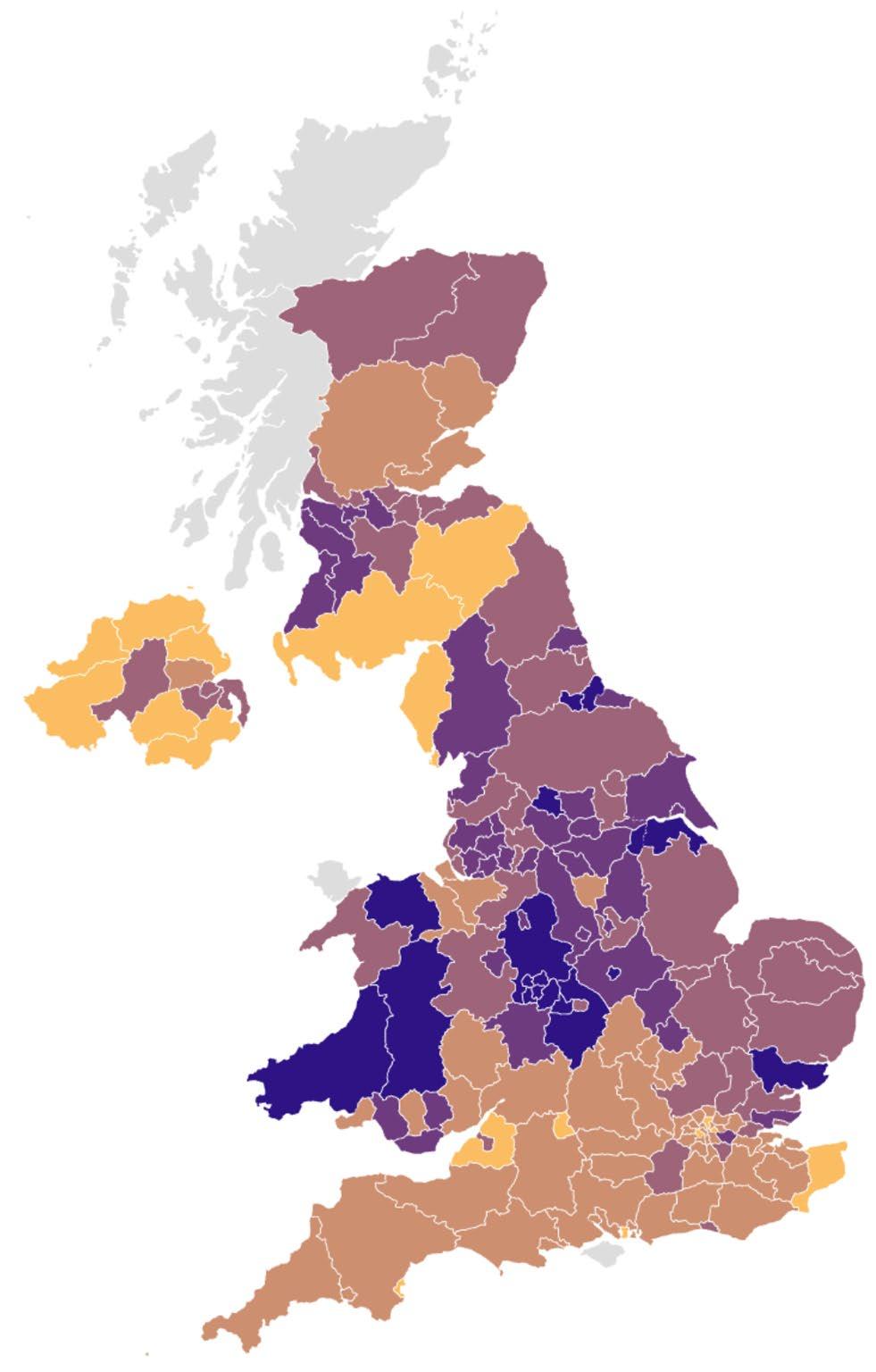
SCR
Fractal Patterns In Care
The Same Pattern At Multiple Levels

SCR SCR
Strengthening Care Teams: The Missing Piece




SCR
Industry Organisation
Team
Client
Thanks for listening
Please reach out to me if you have any questions - hopefully see you again next year for a longer talk and more tenuous vegetable analogies!
marcus@SocialCareRecruiting.co.uk www.SocialCareRecruiting.co.uk
Who are Social Care Recruiting?
➔ We specialise in recruitment for hard to recruit for complex & remote packages which are directly employed
➔ We adapt to the local area’s norms (like pay rates) and modify our processes to the clients specific needs to improve outcomes
➔ We support pre/during/post recruitment, our expertise costs less than what Case Manager or Financial Deputy’s time is worth
SCR
171


Experts and Evidence
Professor Dominic Regan Professor at Law

#EMGConference2024
The Supreme Court recently delivered an important, unanimous judgment about expert evidence in TUI V GRIFFITHS (2023) UKSC 48.However, what the Court said has equal relevance to factual evidence. This changes the way that all disputed evidence is to be tested at trial.The Court of Appeal below was bitterly divided in GRIFFITHS V TUI ( 2021) EWCA Civ 1442 . Poor Mr Griffiths was stricken down by a vile stomach bug whilst on a holiday organised by D . He and his wife gave evidence and were found to be utterly honest . They relied upon the succinct report of an expert who put blame at the door of D .No expert was called by D .The defendant did not require Professor Pennington , the sole expert, to attend at trial. It was only on the afternoon before trial that the defendant in a skeleton argument gave notice that it was challenging the report which it asserted was not of requisite detail and quality.
At the end of the trial the Judge rejected the expert evidence saying that the Court was not obliged to blindly accept a report. She believed that the report was unconvincing on causation and so dismissed the action.On appeal to the High Court the ever reliable Martin Spencer J found for Mr Griffiths .There was clear evidence which had not been countered by the defendant.
The Appeal Court 2-1 reinstated the first instance decision. Bean LJ could not hide his disgust in a dissenting judgment, the like of which i cannot recall, and went so far as to say that the blameless claimant had been denied a fair hearing!
At the Supreme Court hearing it was evident that the Judges were troubled. It did not come as a surprise that the appeal was allowed.The crux of the decision was that the defendant did not adduce expert evidence to contradict that of the claimant nor, critically , did it cross examine the expert.Para 3.2 (9) of CPR PD 35 requires the expert to state his or her awareness of “the requirements of Part 35, this practice direction and the Guidance for the Instruction of Experts in Civil Claims 2014.” That Guidance makes clear that an expert report should set out the expert’ s reasoning. Para 62 of the Guidance, which makes mandatory a summary of conclusions, states: “Generally the summary should be at the end of the report after the reasoning.” (Emphasis added) This cannot surprise given the respective roles of the expert and the judge set out in the case law.Our legal system is adversarial. Above all else it demands cross examination so as to give the witness an opportunity to explain, clarify and defend their evidence.This did not occur in this case. Cross examination would have given Professor Pennington to justify the views he had expressed. The
upshot was that the claimant had been denied a fair trial.As Lord Prosser pithily stated in Dingley v Chief Constable, Strathclyde Police 1998 SC 548, 604: ‘As with judicial or other opinions, what carries weight is the reasoning, not the conclusion.’”The Supreme Court give examples of where expert evidence could be dismissed without cross examination as where it was obviously preposterous, incredible.What applies to expert evidence must equally apply to disputed core evidence of fact .Where , for example, a defendant denies that an accident occurred at all or asserts that the alleged serious injuries were in truth negligible, full blown cross examination is a necessity.
Yosser , a male bull breed dog, has now , much to his relief , successfully invoked GRIFFITHS in a criminal context! His owner was prosecuted under the DANGEROUS DOGS ACT 1991 and a destruction order made against the poor hound. This was upheld by the Crown Court despite an unchallenged expert report that he was “ a nervous but gentle dog”.The death sentence was commuted by the Administrative Court in FITZGERALD V CPS ( 2024) EWHC 869 ( Admin) where Coulson LJ said that since the CPS had not challenged the expert evidence, the Crown Court was bound to accept it.”How then could the court fairly reach a conclusion which was the polar opposite of Ms Howell’s unchallenged evidence? In my view, it could not “. Every expert report must confirm that the author is familiar with 3 instruments. Part 35 declares that the overarching duty of any expert is to help the court. PD 35 explains what a report must address. The CJC 2014 Guidance on the instruction of experts is often overlooked.
7. The appointment of experts
7.1 Before experts are formally instructed or the court’ s permission to appointnamed experts is sought, the following should be established: (a) that they have the appropriate expertise and experience; (b) that they are familiar with the general duties of an expert; (c) that they can produce a report, deal with questions and have discussions with otherexperts within a reasonable time and at a cost proportionate to the matters in issue; (d) a description of the work required; (e) whether they are available to attend the trial, if attendance is required; and (f) there is no potential conflict of interest.
7.2 Terms of appointment should be agreed at the outset and should normally include:
(a) the capacity in which the expert is to be appointed (e.g. party appointed expert,single joint expert or expert advisor);
(b) the services required of the expert (e.g. provision of expert's report, answering questions in writing, attendance at meetings and attendance at court);
(c) time for delivery of the report;
(d) the basis of the expert’ s charges (either daily or hourly rates and an estimate of the time likely to be required, or a total fee for the services);
(e) travelling expenses and disbursements;
(f) cancellation charges;
(g) any fees for attending court;
(h) time for making the payment; and
(i) whether fees are to be paid by a third party.
(j) if a party is publicly funded, whether or not the expert’ s charges will be subject to assessment by a costs officer.
The third judgment of Pepperall J in ESSEX COUNTY COUNCIL V UBB WASTE (2020) EWHC 2387 (TCC) is one where indemnity costs were awarded on account of the conduct of the defendant. In particular, a blatantly compromised expert was instructed. That should not have happened and he in turn ought to have declined to act. Given that the damages came in at £9m this was an expensive error for the defendant to have made
The requisite statements as to familiarity with Part 35, PD 35 and the 2014 were absent from 3 reports that the claimant adduced in AL NEHAYEN V KENT (2016) EWHC 623 (QB) leading the court to exclude the lot as evidence.Again, in an £11m action , DANA UK AXLE LIMITED V FREUDENBERG (2021) EWHC 1413 ( TCC) , all 3 reports for the defendant were excluded by Mrs Justice Joanna Smith on account of multiple breaches of the Rule , PD and the guidance.Obviously, on receipt of every expert report do check it carefully to ensure that these core requirements have been met ! Those duff reports should have been checked by the instructing Solicitor.
Please remember the duty imposed by PD 35.8 to serve upon your expert copies of all court orders that affect them.
At the 2023 conference i spoke about experts who were castigated for acting as advocates in MUYEPA (2022). Cotter J returned to the fray in
SCARCLIFFE V BRAMPTON VALLEY (2023) EWHC 1565 ( KB) .
The report of one expert contained basic errors which demonstrated a careless, sloppy approach to the task in hand . Furthermore, she had not adjusted her figures in the light of evidence and concessions made earlier in the hearing. She suggested it reasonable to spend £184,000 on a dogwalker for life.The Judge did not agree.
In CCC V SHEFFIELD TEACHING HOSPITALS (2023) EWHC
1770 (KB) Ritchie J was unimpressed by a housing expert who never stepped out of his office to view the accommodation of the claimant even though a 7 figure sum was involved. He never spoke to the mother of the child claimant. He was an architect, not a surveyor, builder or valuer .Unsurprisingly, his evidence was rejected.
“Although unnecessary for my decision on this appeal, I consider that, if there were anything arguably open to criticism in the judge's approach, it would be in the emphasis he placed on the expert evidence. This was a collision which was witnessed by three lay witnesses who had a clear view of what happened. Their evidence was consistent. The defendant's car continued to pull out onto the major road when the motorcycle was there to be seen. The car could have stopped in time for the collision to be avoided. That evidence should have been the central focus of the judge's consideration of the case. To that he needed to add the fact that the defendant did not see any traffic on the main road. In her evidence she was categoric in her assertion that there was no vehicle on the main road in either direction. The judge said that this factor "might go" to the issue of the effectiveness of the defendant's observation. It quite plainly did go to that issue. More to the point it demonstrated that the defendant was not keeping a proper lookout when the claimant was there to be seen, whatever his speed.” My thanks to Simon Browne KC who kindly sent me the Appeal Court judgment in TAYLOR V RASPIN (2022) EWCA Civ 1613 where William Davis LJ lamented the reliance on experts when there was an abundance of first hand factual evidence.
A final point of importance about evidence of fact. The judgment of Freedman J in AFZAL V UK INSURANCE LIMITED (2023) EWHC 1730 (KB) is significant.”My attention was particularly drawn to the fact that there may be millions of people in England and Wales who are sufficiently fluent in English but have a different mother tongue or first language. There may be repercussions for access to justice, and indeed other considerations, in the event that they were required, notwithstanding their sufficiency in English, to provide a witness statement in their mother
tongue. All of these points simply give further force to my judgment that the intention of the provision at PD 32, para.18.1 does have the meaning referred to in the Business and Property Courts Guide; that a witness’ s own language includes any language in which the witness is sufficiently fluent to give oral evidence including under cross-examination if required.”


Assisted Technology: Understanding integrated systems
Paul Doyle Associate Expert Witness, Bush & Co.

#EMGConference2024

Understanding Integrated Systems
Paul Doyle, Associate Expert Witness
Extraordinary people, Extraordinary expertise
A little background information
• Electronics Engineer
• 29 Years in Assistive Technology
• NHS (EC Services)
• Education (Hereward College)
• Assistive Technology Consultant

• Expert Witness





/ 4
Not Quite A Shelby!


/ 5
NHS EC Services





/ 6
Hereward College


/ 7
Assistive Technology
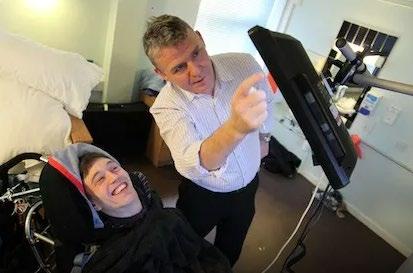
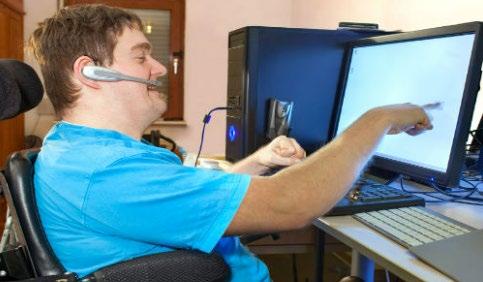



/ 8
Wheelchairs
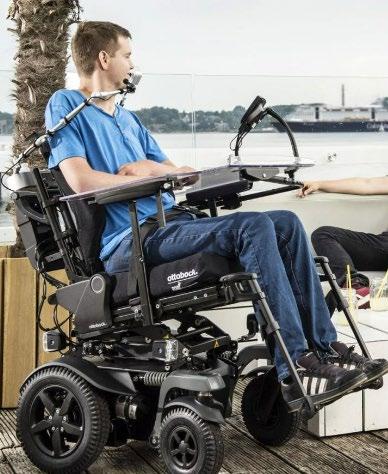
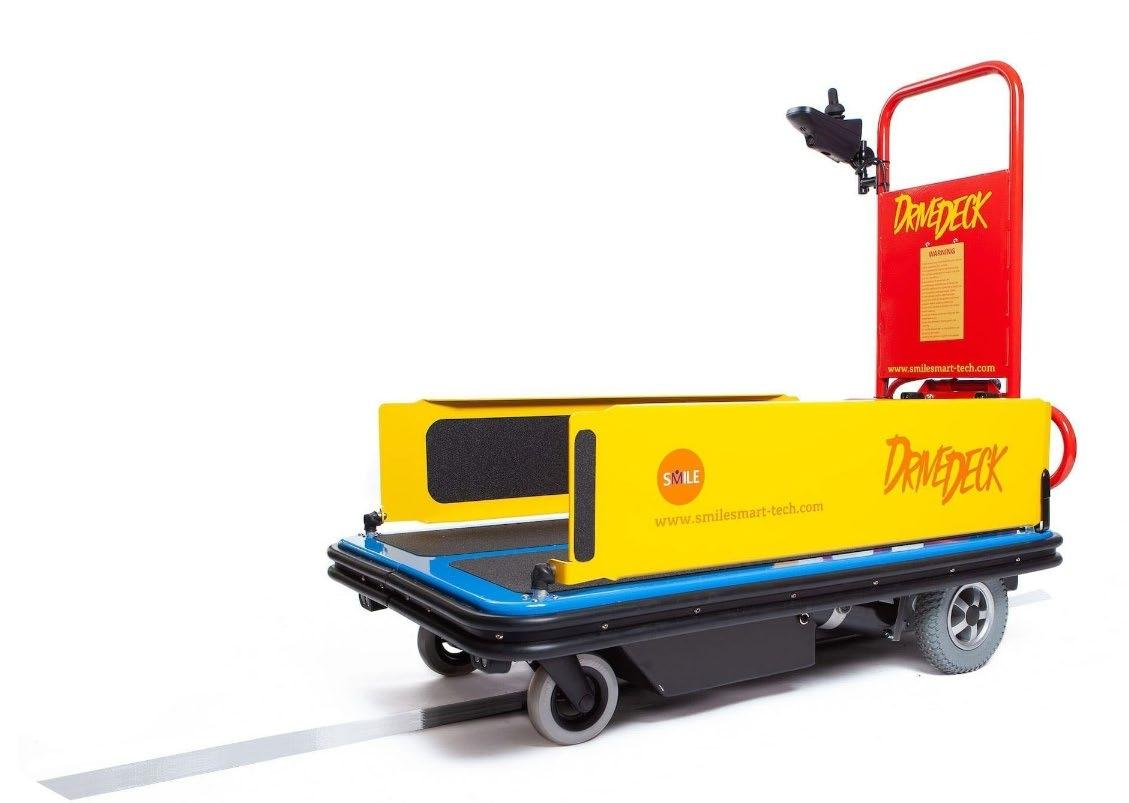
/ 9
Wheelchairs +
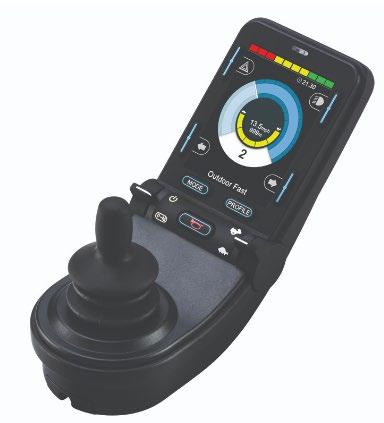

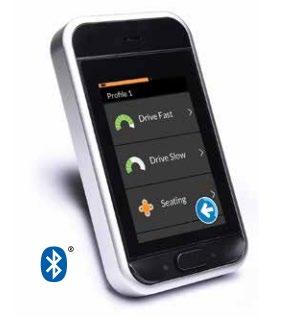

/ 10

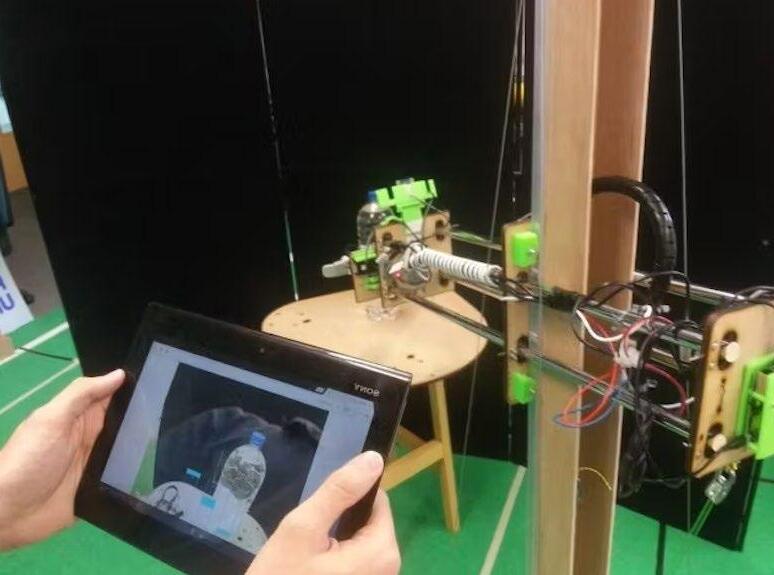
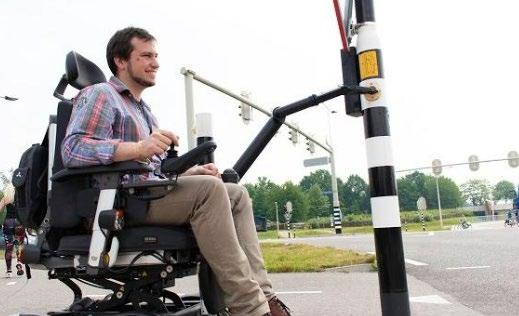
/ 11
Robots
Printing


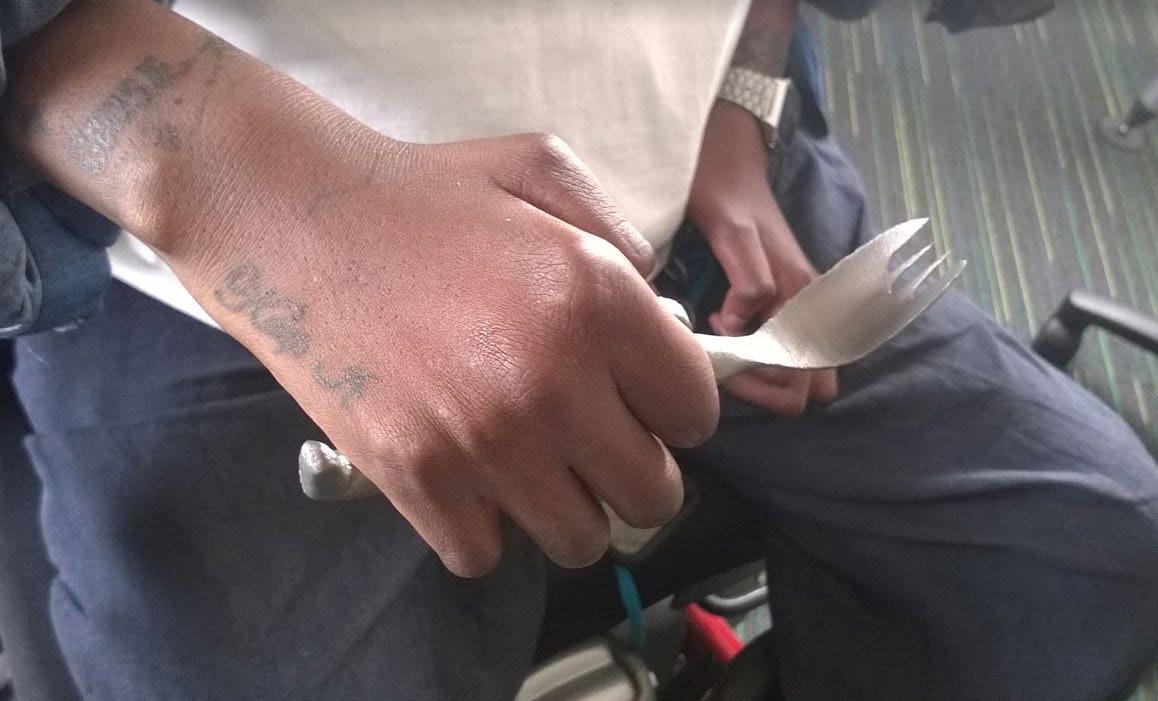
/ 12
3D
Smart Home Technologies



/ 13
Integrated Systems 101


/ 14
ICT AAC EC Mobility Other!
Integration in Action

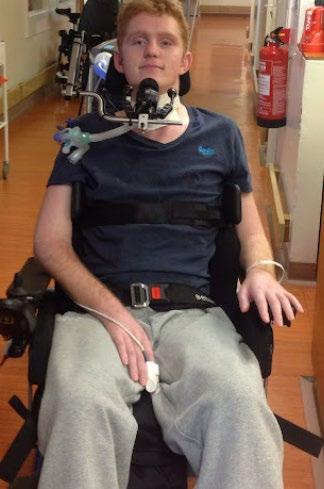

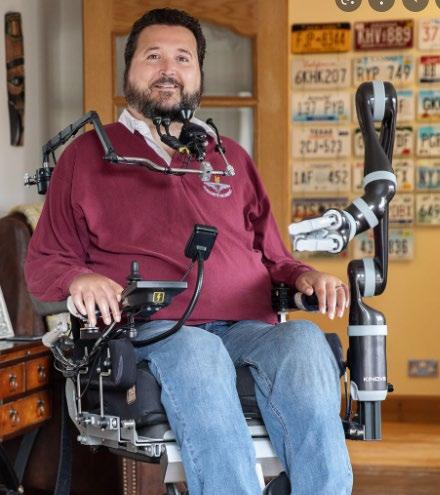
/ 15
Integration in Action

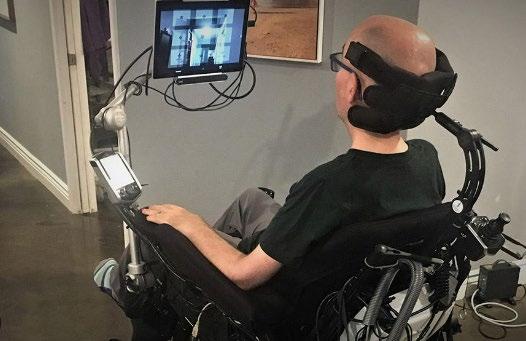
/ 16
Integration in Action
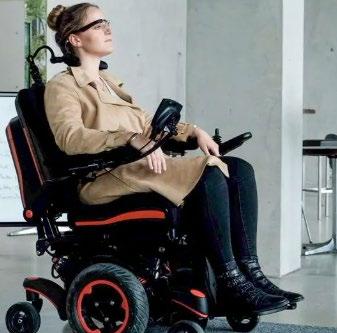


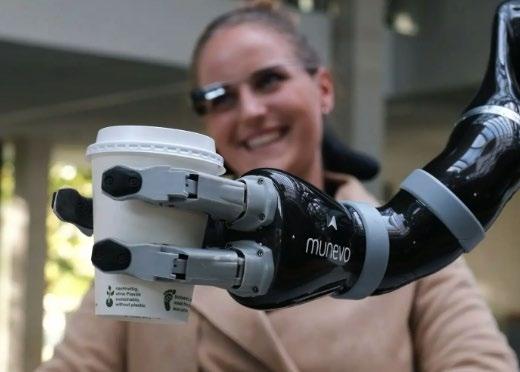
/ 17
And there‘s more!

“A house is a machine for living in.”
/ 18
Integration in Action




/ 19
Energy Crisis


/ 20
Cognitive Support
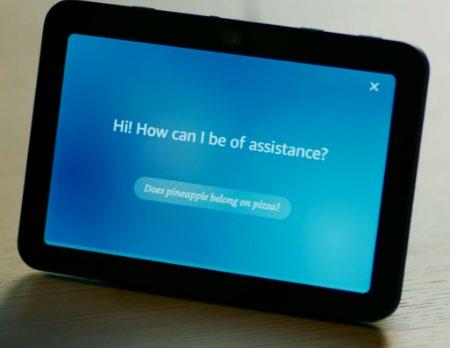



/ 21
Dirk’s Case





/ 22

Email: pdoyle@bushco.co.uk or enquiries@bushco.co.uk
Call: 01327 876210
Visit: www.bushco.co.uk

/ 23 Any questions?


Riding the Wave: Getting the best from your rehabilitation and support package
Louise Chance Director and Case Manager, A Chance for Life Ltd

#EMGConference2024

RIDING THE WAVE

Getting the best from your rehabilitation and support package
Louise Chance Director
A Chance for Life Ltd

My Background
35 years’ experience in neurological rehabilitation

Specialist Neurological OT roles at Pinderfields and Priory, Highbank
Managed Transitional Living Service
Established A Chance for Life Ltd in 2002
Developed Lancashire and Cumbria pathway for ABI rehabilitation in 2003
Since 2005 – full time Director, Case Manager and OT Expert Witness


A Chance for Life Ltd
Specialist rehabilitation and support for adults and children with complex injuries and conditions, in particular acquired brain injury
Working across the North of England and Scotland
Services include –
Case Management
Occupational Therapy
Physiotherapy, through our specialist service Neurocare Physiotherapy
Specialist Support Work
Expert Witness
Therapeutic Recreation at our new facility, Owl Barn

We help adults and children recover skills lost through complex life-changing conditions, so they can live meaningful, rewarding lives.

Definition of Terms
“Rehabilitation is highly person-centred, meaning that the interventions selected for each individual are targeted to their goals and preferences”
- WHO, 2024
“Social Care generally refers to all forms of personal care and other practical assistance for children, young people and adults who need extra support”
- NICE, 2016


…Definition of Terms…
• Put the patient at the centre, not dominant but always the primary concern”
• Consider the patient in their context, especially their social relationships, their life narrative to this point, and the possible future narrative
• Avoid imposing professional views and jargon
• Acknowledge how much is unknown or uncertain
- Derek Wade, Rehabilitation Matters


…Definition of Terms
Support Worker, Personal Assistant, Buddy, Carer
Domiciliary Care - is defined as the range of services put in place to support an individual in their own home. Services may involve routine household tasks within or outside the home, personal care of the client and other associated domestic services necessary to maintain an individual in an acceptable level of health, hygiene, dignity, safety and ease in their home.
Personal Care - is a regulated activity which involves supporting people with things like washing, bathing or cleaning themselves, getting dressed or going to the toilet.


The Challenge
A lot riding on the successful introduction of support and therapy input

Gap between expectation and reality


Conflict


Major change for clients and families – often struggle with the impact on home life
Failed attempts to introduce support or therapy can;
Set back client’s rehabilitation progress
Dent confidence / affect mental health
Be very expensive
Erode trust / Case Manager’s relationship with client
So how do we give ourselves the best chance of success?

Relationship breakdown



Quality / effectiveness of service suffers



Staff leave / client withdraws




Package fails


Doing the Groundwork – Clients and Family
Take time to understand client and family’s needs, preferences, lifestyle, culture, attitudes
Be realistic about pace / timing of change
Be transparent and inclusive in planning
Establish trust
Gain buy-in
Anticipate potential issues
Manage expectations!

“Before anything else, preparation is the key to success.”
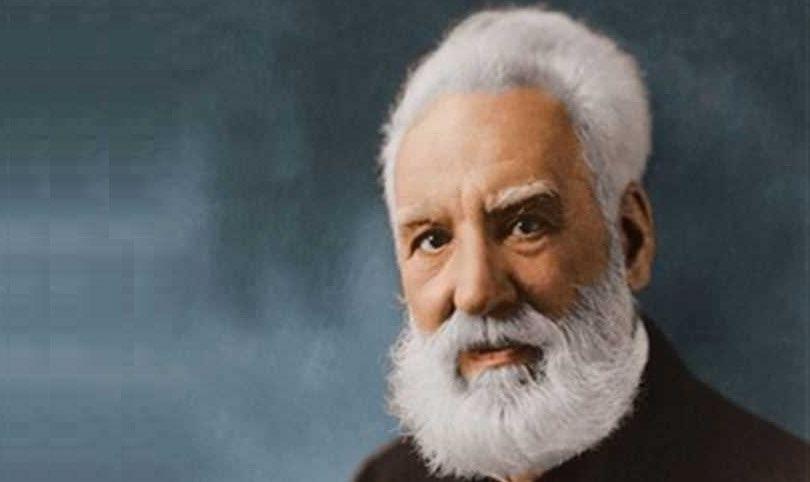
 This Photo by Unknown Author is licensed under CC BY-SA-NC
- Alexander Graham Bell
This Photo by Unknown Author is licensed under CC BY-SA-NC
- Alexander Graham Bell
Recruitment
Job description
Hours
Advert
Interview process – transparency – understanding of the role
Client / family involvement in the process
Manage expectations for the support worker


 This Photo by Unknown Author is licensed under CC BY-SA
This Photo by Unknown Author is licensed under CC BY-SA
Giving staff the tools to succeed
Hours – consider length of shift
Environment
Coaching on client / family preferences
Appropriate training
Good support structure
Understanding of cues / triggers
Skills and confidence to adapt - flexibility
Empathy, understanding and back-up
Communication

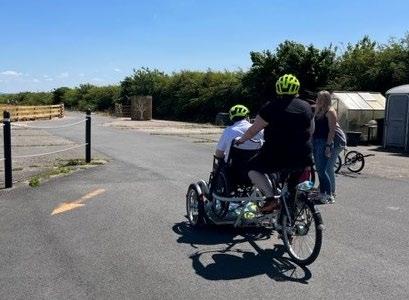


CLINICAL RISK ASSESSMENT
Client Name: ACFL92 Environment/Activity: Physical Intervention
Address: Full Address
Risk Assessor: Team Leader & Case Manager
: 15.08.2022
Injury to ACFL92
displaying challenging behaviour.
4 16 Support worker should follow the crisis and PBS plan.
CPI breakaway/block techniques can be used where possible, they must be used in the best interest to keep ACFL92 and others safe.
Incidents must be fully documented on ABC chart, Incident log and daily report with clear details of behaviours, triggers and how behaviours were managed. Support worker must also document whether PRN was administered.

Injury to Support Staff, family, friends and others. ACFL92 displaying challenging behaviours to others.
4 16 Support worker should follow the crisis and PBS plan.
CPI breakaway/block techniques can be used where possible, they must be used in the best interest to keep ACFL92 and others safe.
Support worker should keep a safe distance from ACFL92. Support worker is able to

Activity/ Risk Description of Activity/ Risk Consequences Likelihood Risk Rating (CxL) Controls in Place/ Action Plan Consequences Likelihood Risk Rating (CxL)
ACFL92
4
2 4 8
4
3 1 3
Date Completed
Risk Rating before action plan Risk Rating after action plan

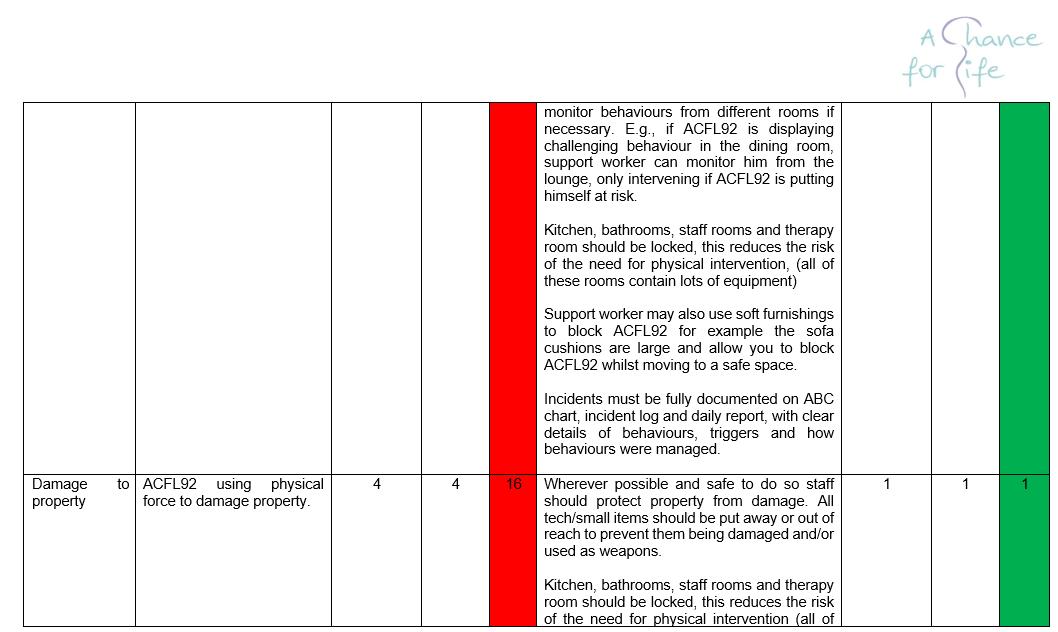


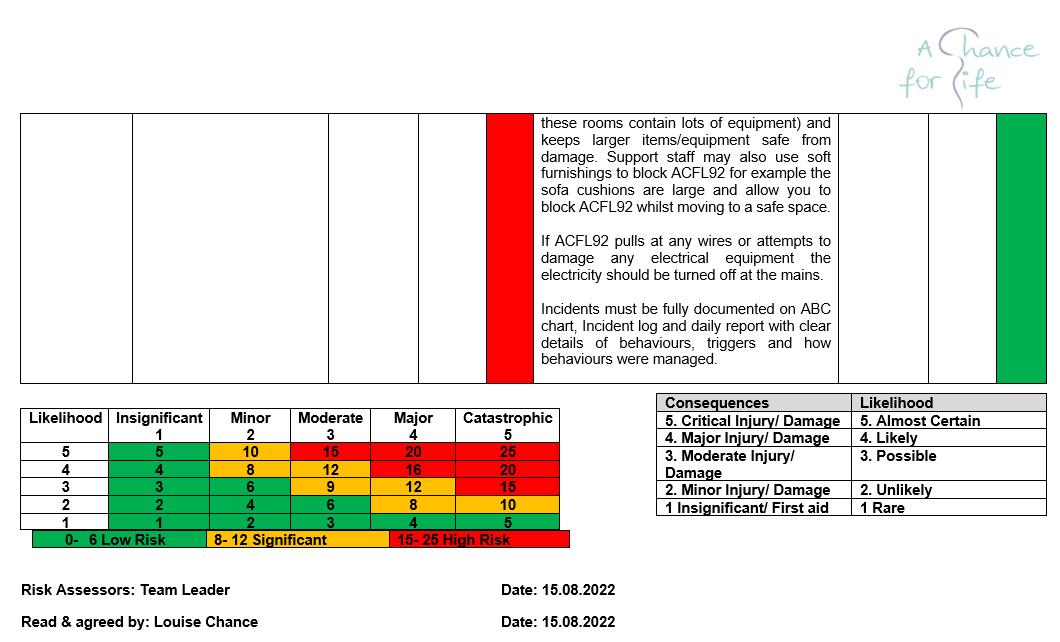


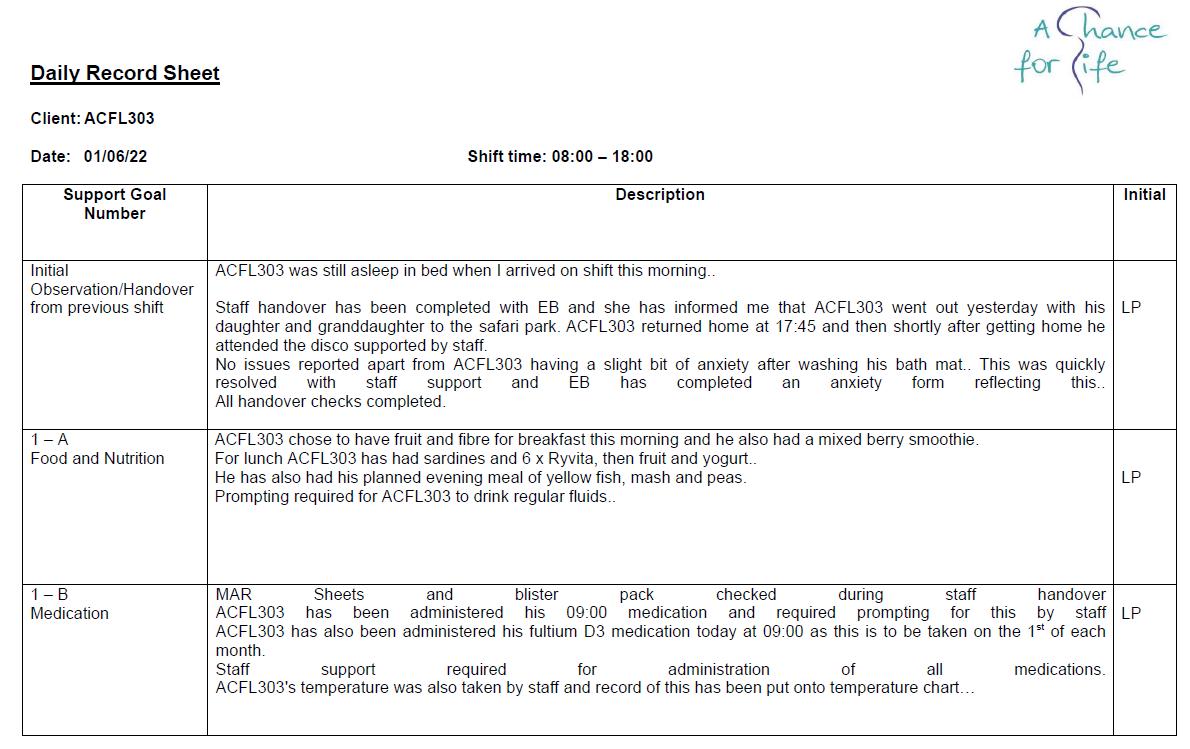


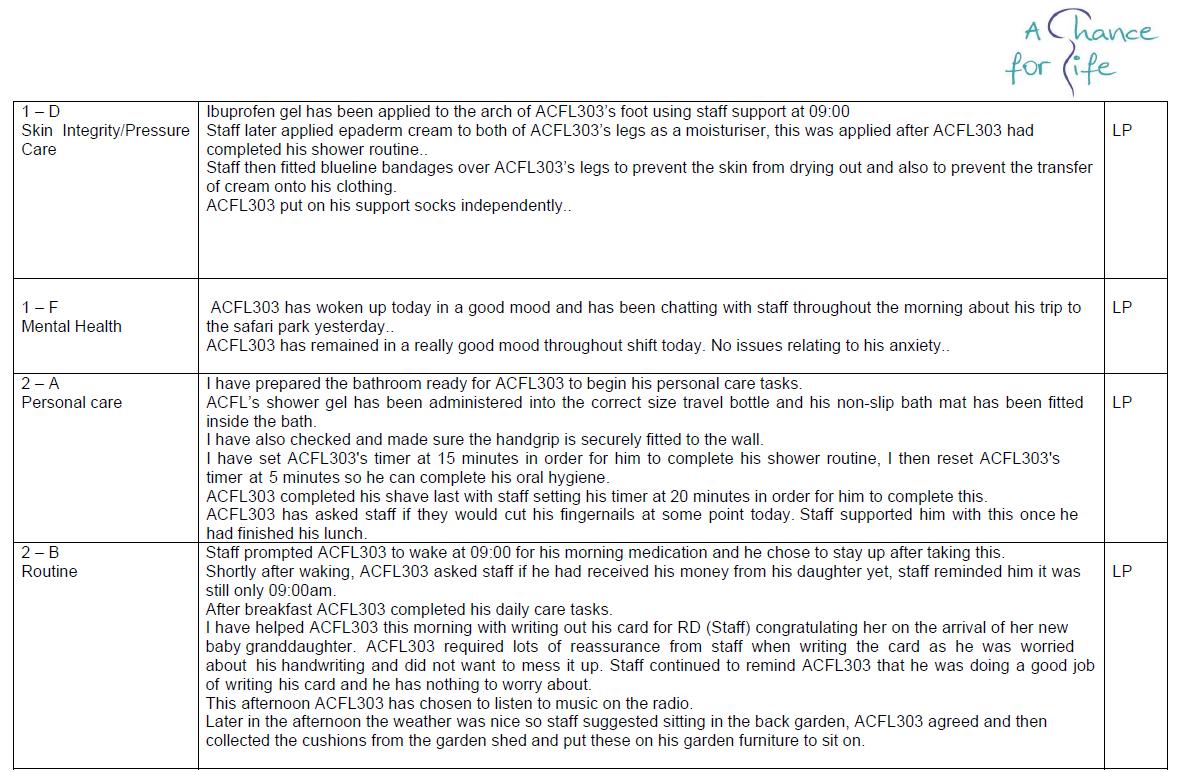


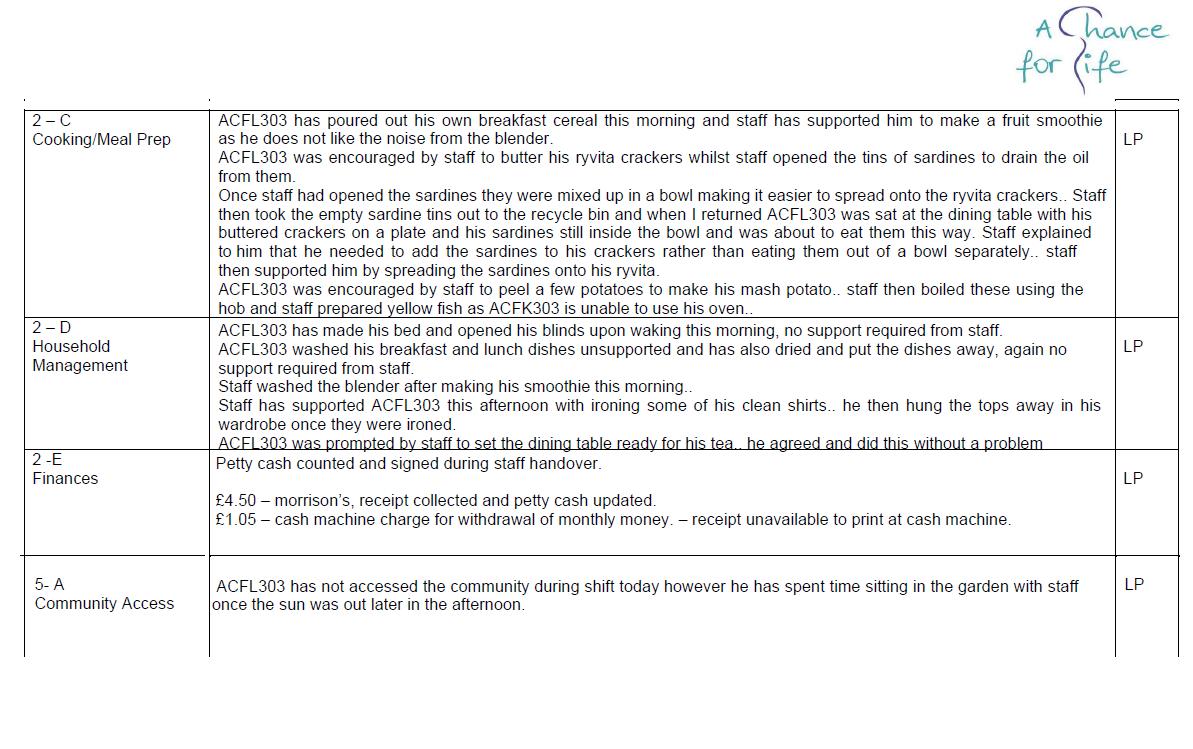


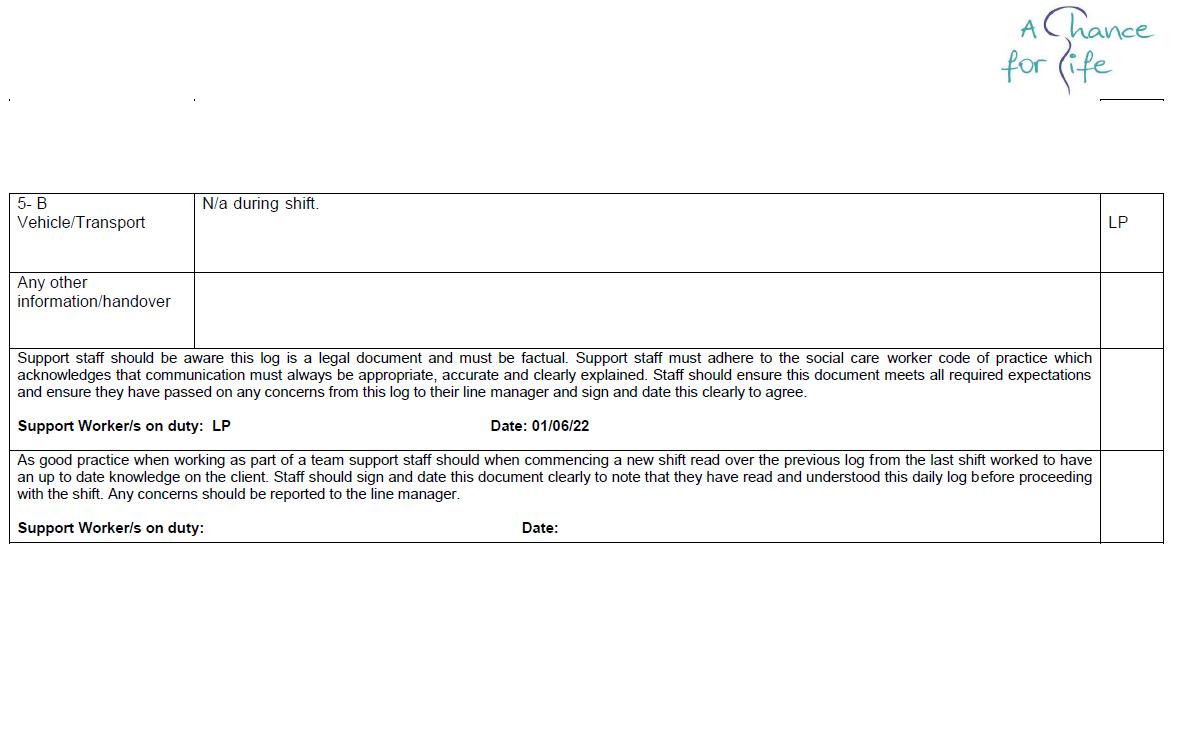

Communication and Teamwork
Make-up of team, group dynamics, personality clashes, communication styles – consider both staff and family relationships
Time and systems/processes for clear communication –eg handover
Involve family
Integrate support with the MDT


 This Photo by Unknown Author is licensed under CC BY
This Photo by Unknown Author is licensed under CC BY
Managing Conflict
Can’t appear to be ‘taking sides’
Address problems quickly
Be transparent about what you are doing
Be prepared to be frank
Stand up to client or family on behalf of support team if needed
Diplomacy and bargaining again!


 This Photo by Unknown Author is licensed under CC BY-SA
This Photo by Unknown Author is licensed under CC BY-SA
Spotting Problems
Lack of engagement
Progress not being made by the client
Paperwork not being completed by the support worker or similar things being recorded each day
Changes in client’s behaviour – becoming secretive, very opposed to a member of staff, or knowing too much personal information about the staff
Support worker being defensive or simply not contactable
Family being defensive or over familiar with staff (meeting socially)
Family or partner taking over and sending staff home
Client doesn’t want level of care identified



If at first you don’t succeed…
Reflection is important and take time to analyse and discuss why a package / intervention didn’t work out and try to take positives / learning points for the future to keep the option open to revisit at a different time or in a different way?
Sometimes the biggest factor is timing – the right thing at the wrong time is unlikely to succeed
Too early
Too late
Too much going on
Know when to back down…
… or when to approach from a different angle



achanceforlife.co.uk neurocarephysio.co.uk



Thank
You
Contact Us admin@achanceforlife.co.uk 01768 891709
Connect With Us @achanceforlife @neurocarephysio @OWLBarn_ACFL

 Jemma Morland Head of Court of Protection, EMG Solicitors
Jemma Morland Head of Court of Protection, EMG Solicitors







 Dr Mike Smith
Registered Practitioner Psychologist
Dr Mike Smith
Registered Practitioner Psychologist



























 Guest houses or hotels- falls on stairs
Guest houses or hotels- falls on stairs




























































































































































































